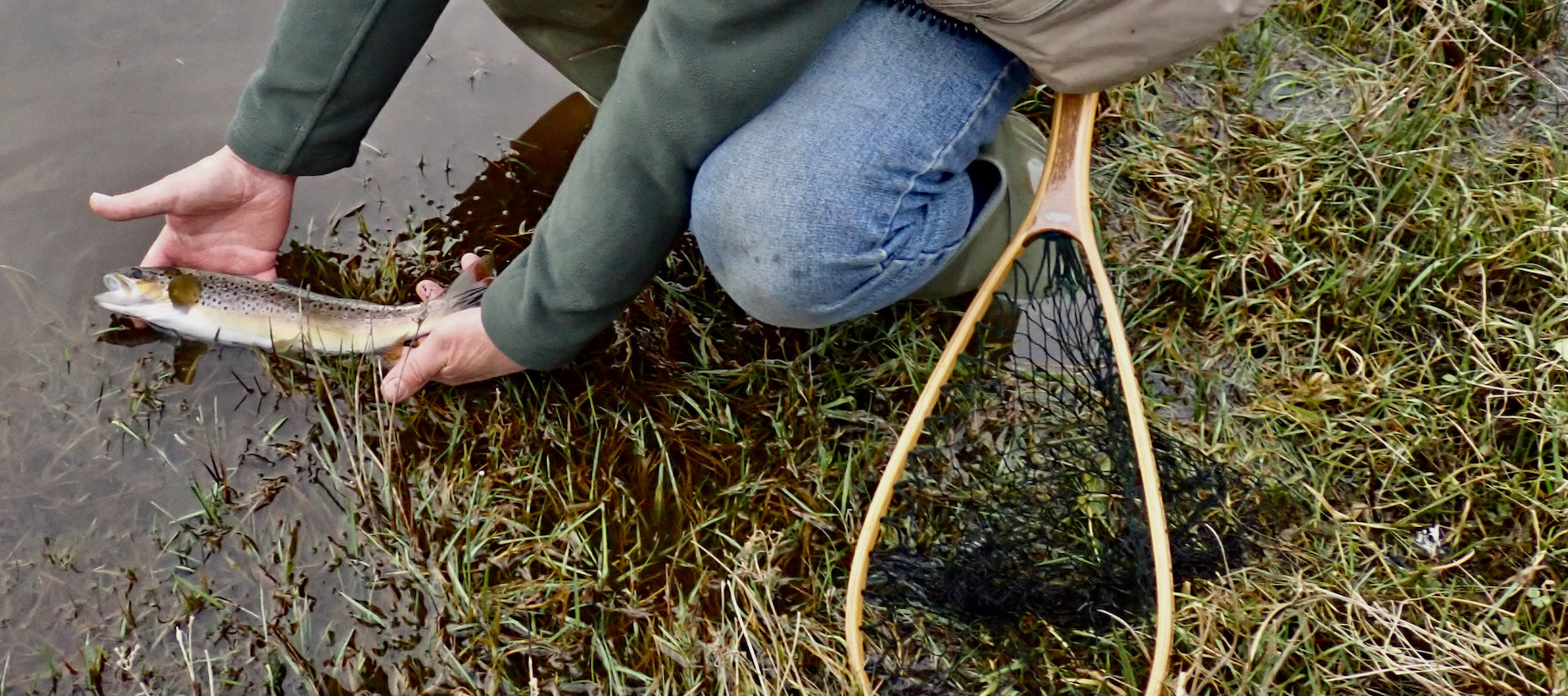North Devons long established Stillwater Trout Fishery Blakewell is fishing well following a major refurbishment and restocking. Quality rainbows to over 7lb providing great sport for visiting anglers.
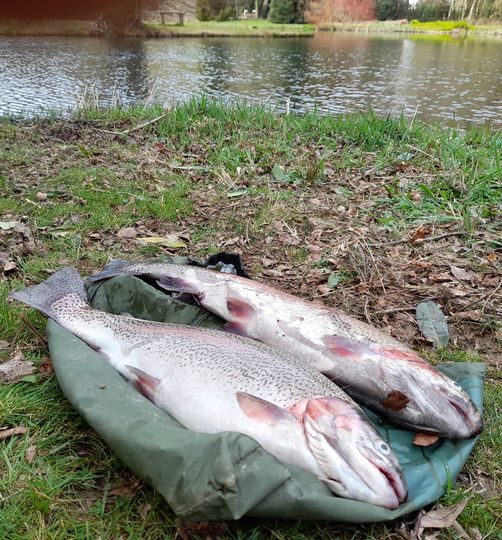
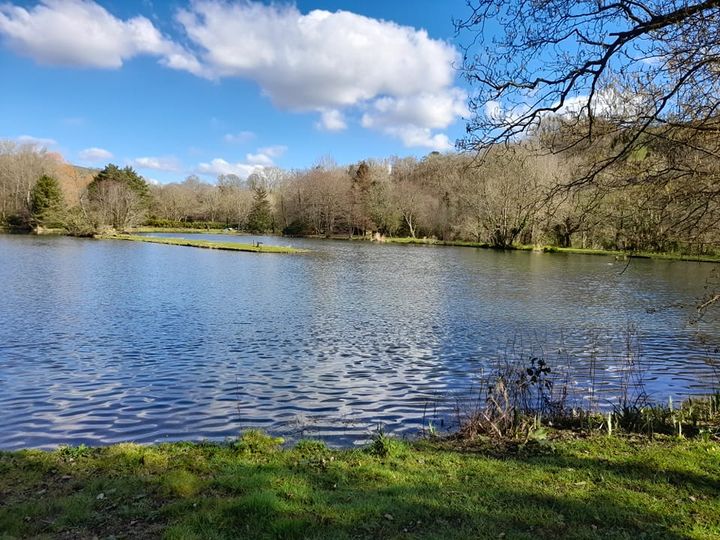
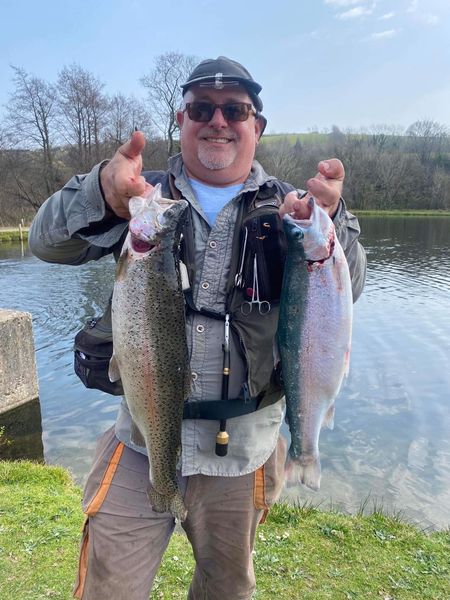
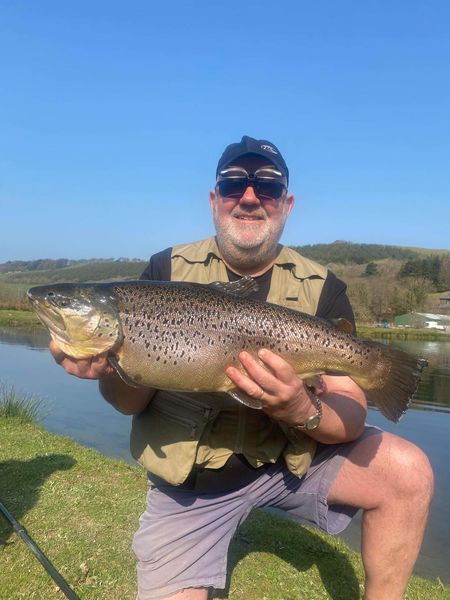
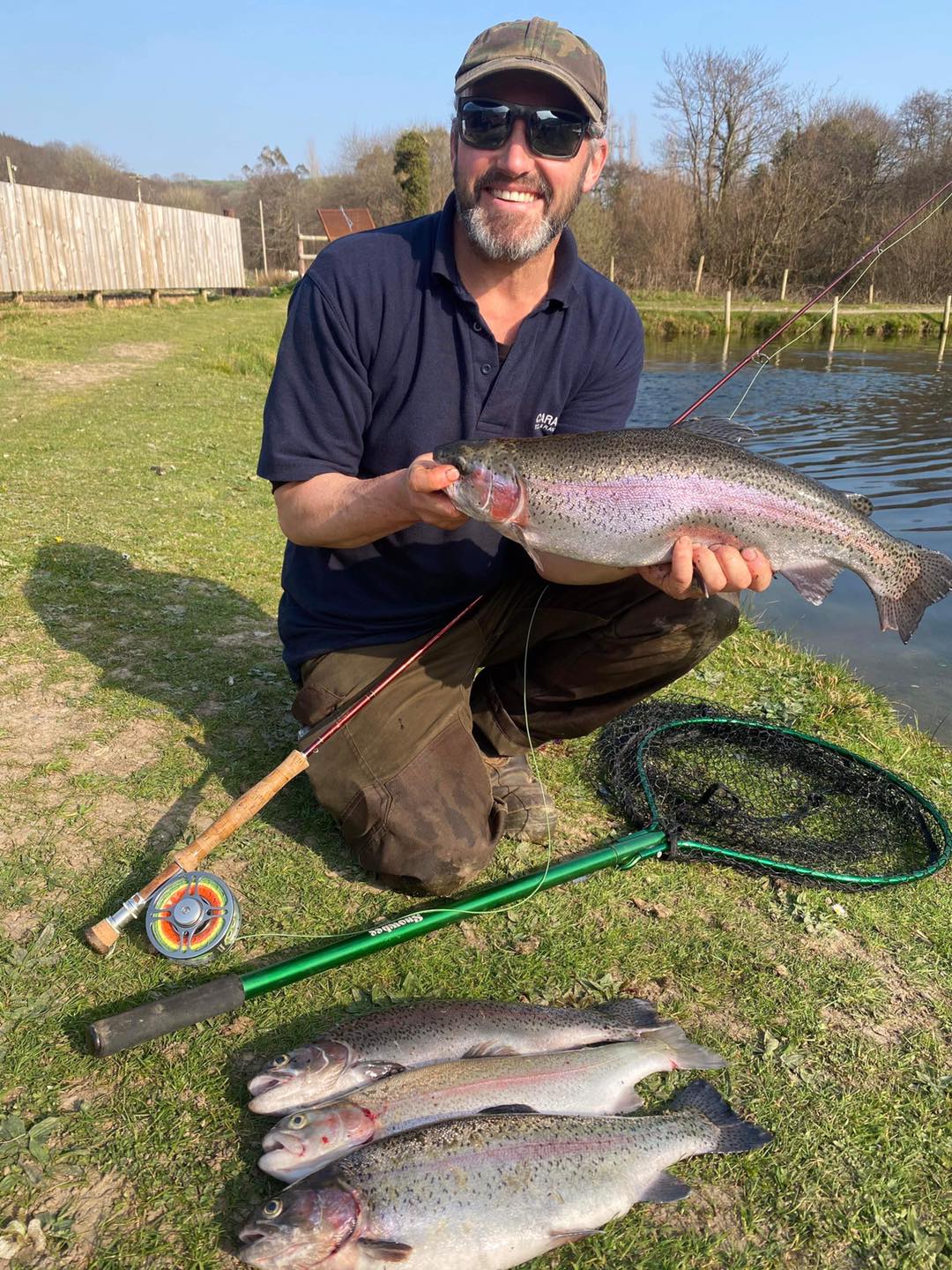

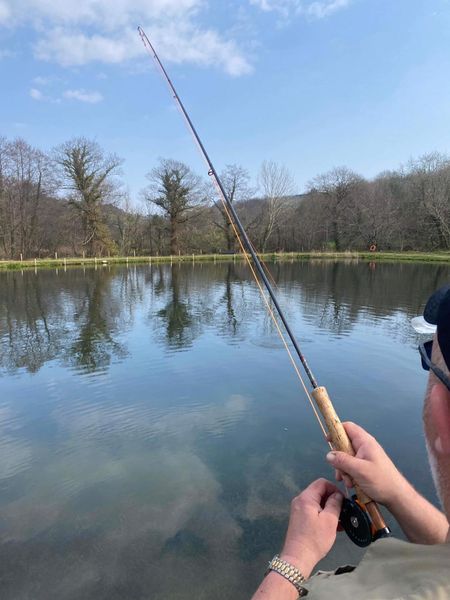
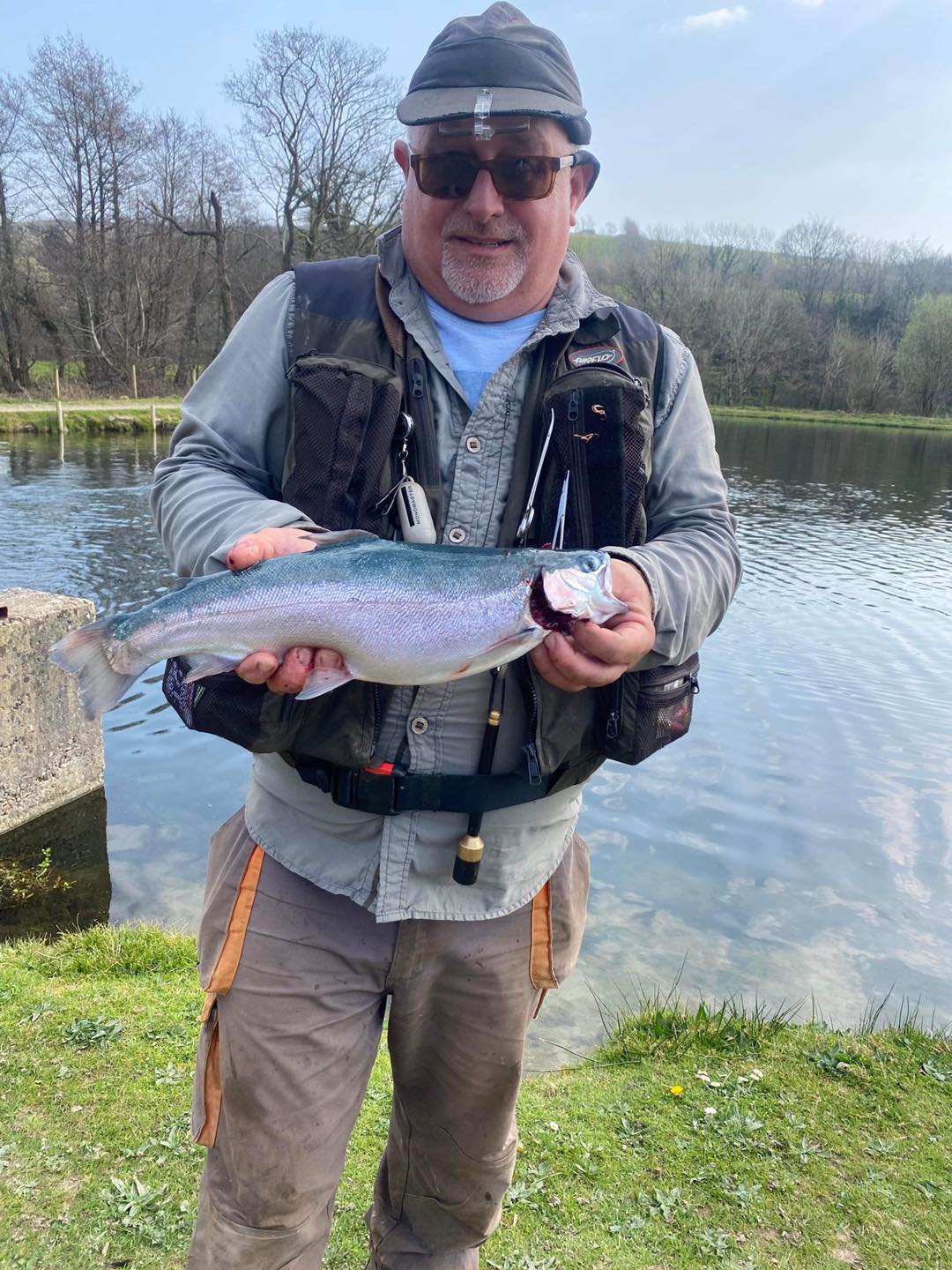
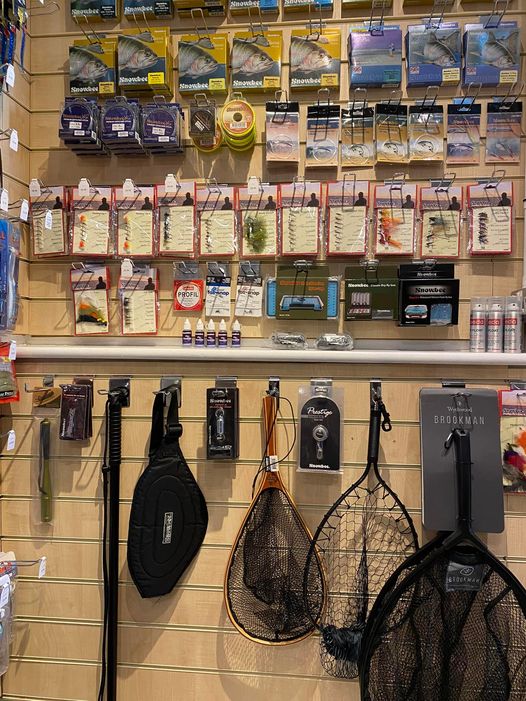
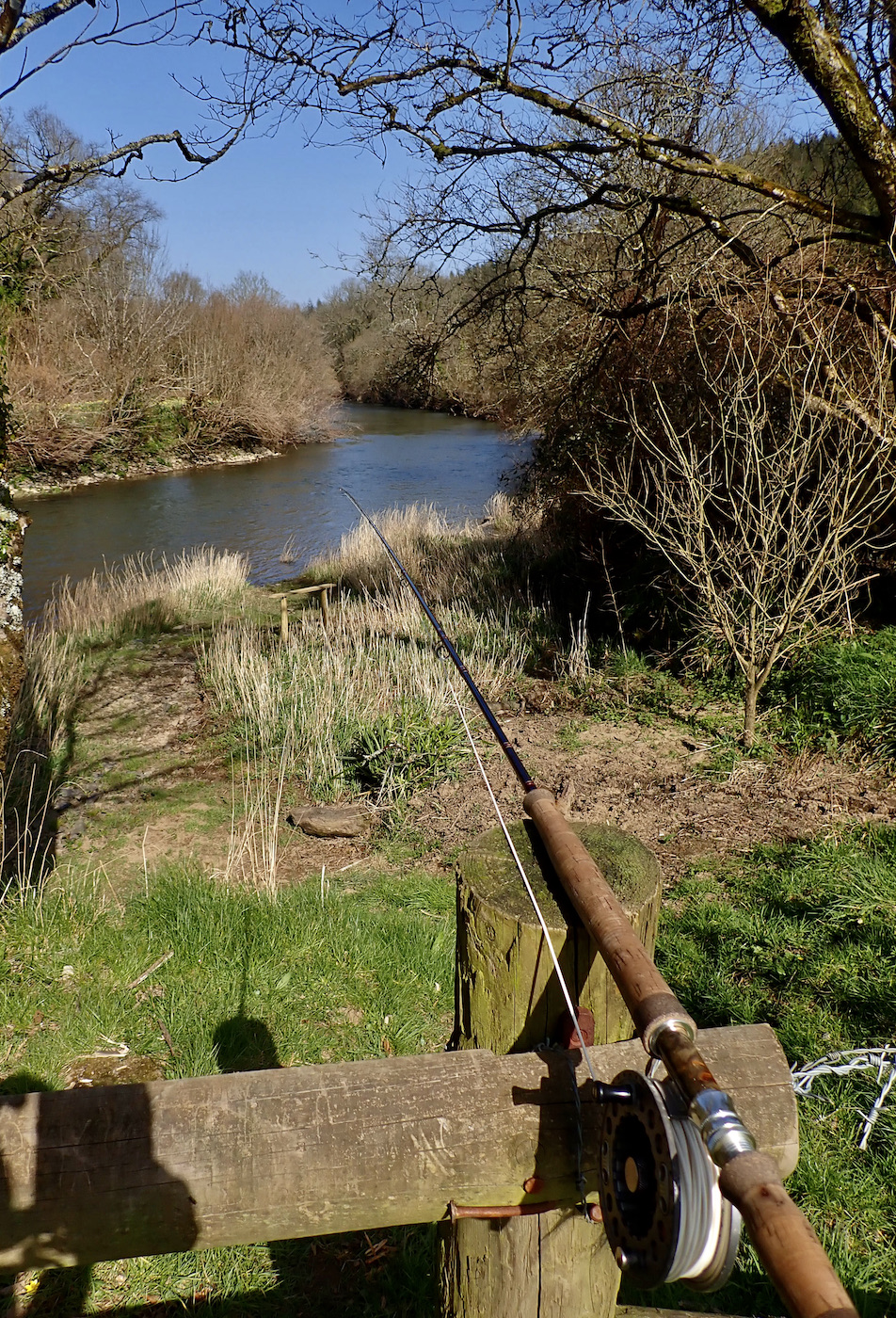
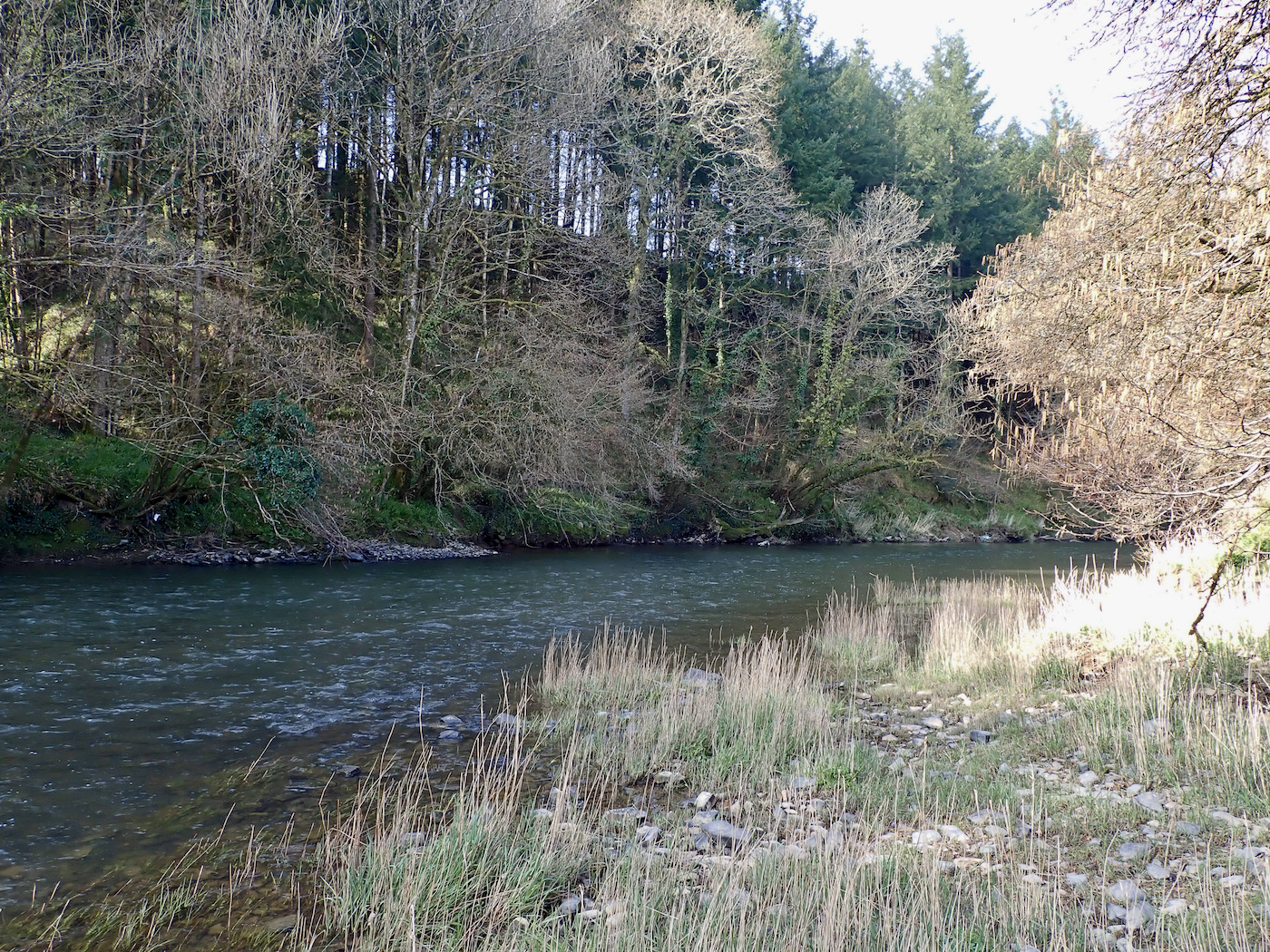
Is there a better place to be than beside a West Country River in Spring ? A few fresh run spring salmon have been tempted from both Taw and Torridge and with river levels holding up I have spent several pleasant hours drifting a fly across familiar lies to no avail.
 http://www.littlewarhamfishery.co.uk
http://www.littlewarhamfishery.co.uk
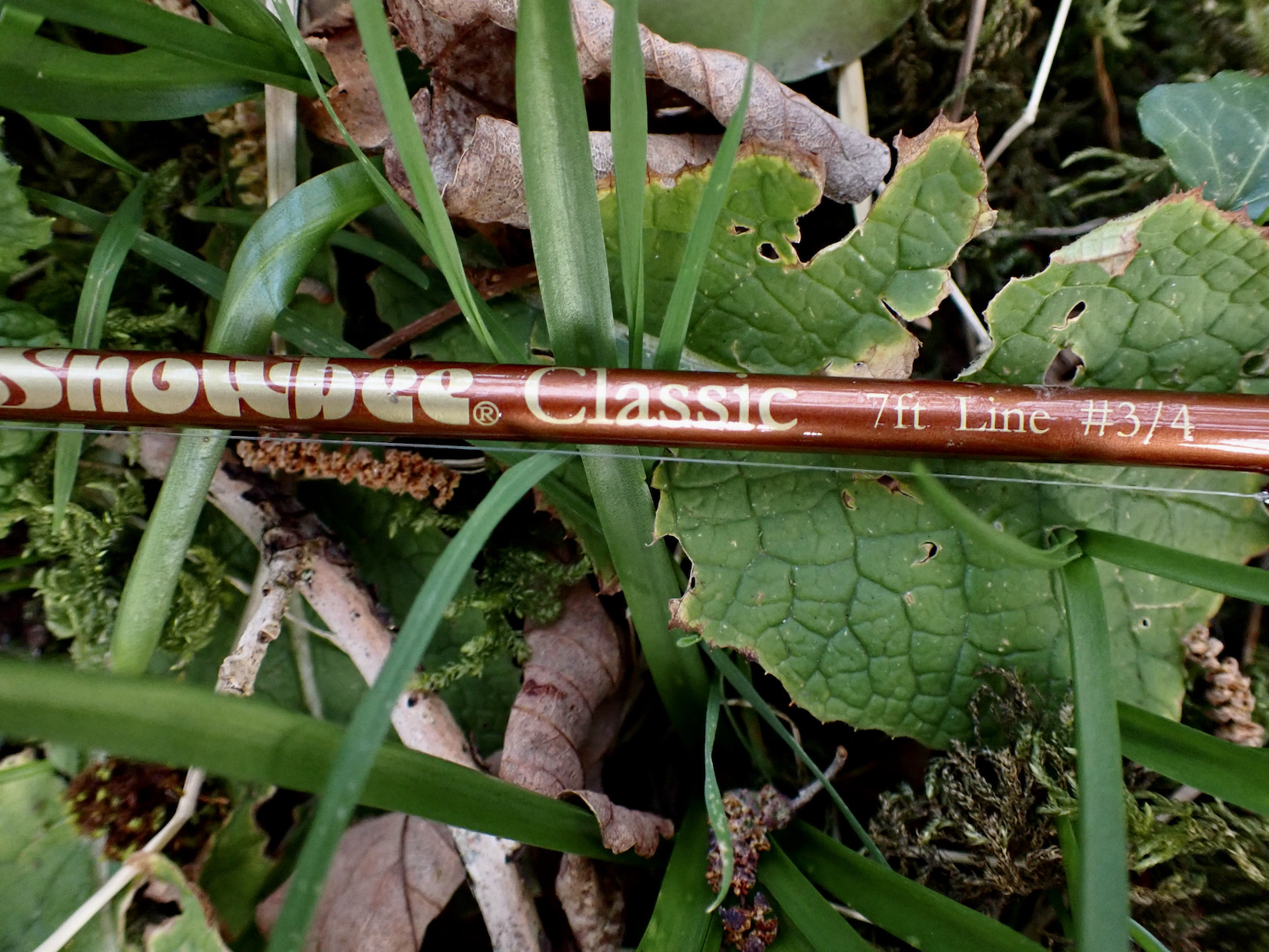
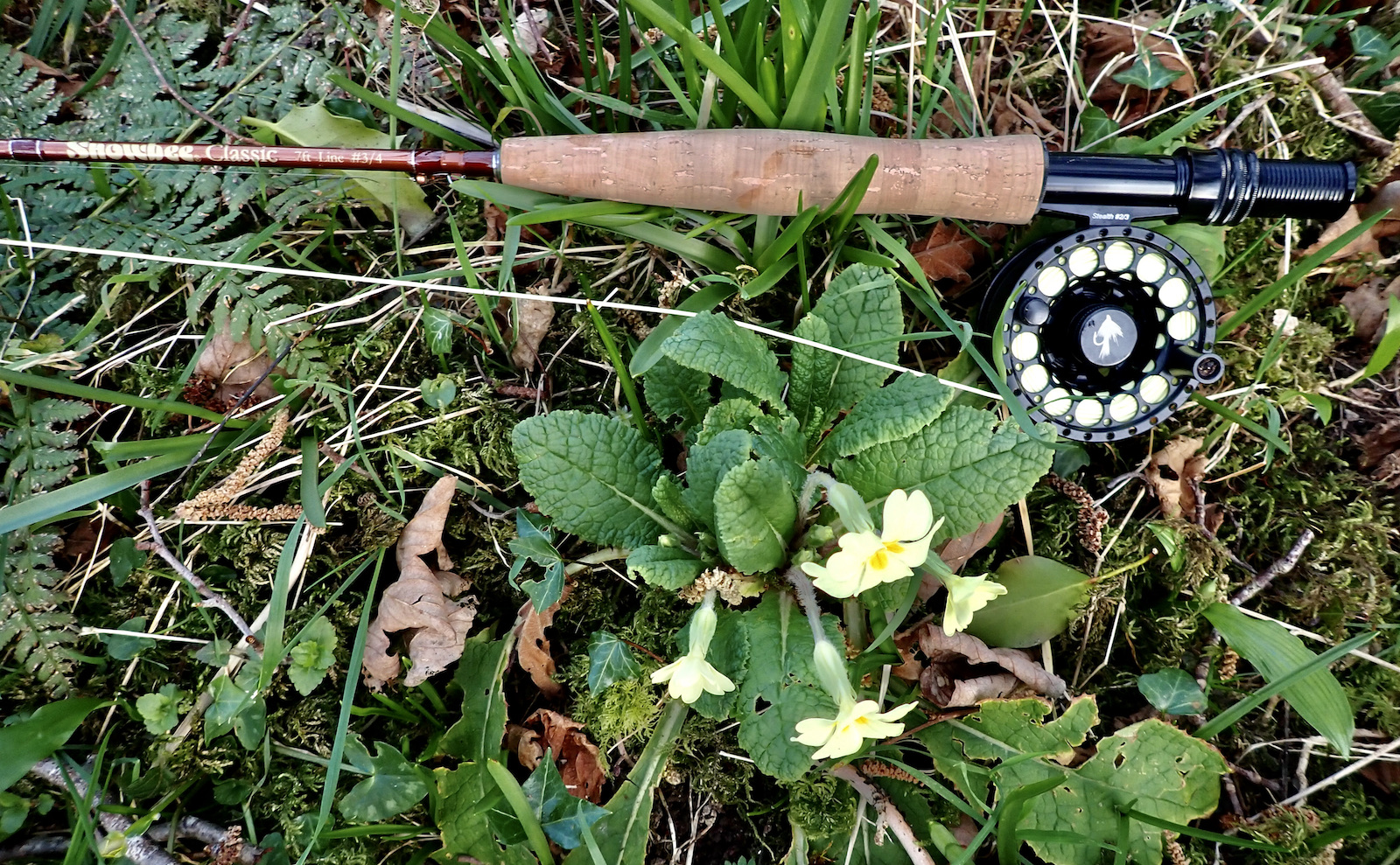
In between these forays after salmon I spent an hour one evening flicking a wet fly into the small pools of my local stream. Scrambling between trees I used a 7ft 3/4 wt Snowbee Classic to search the deeper pockets.
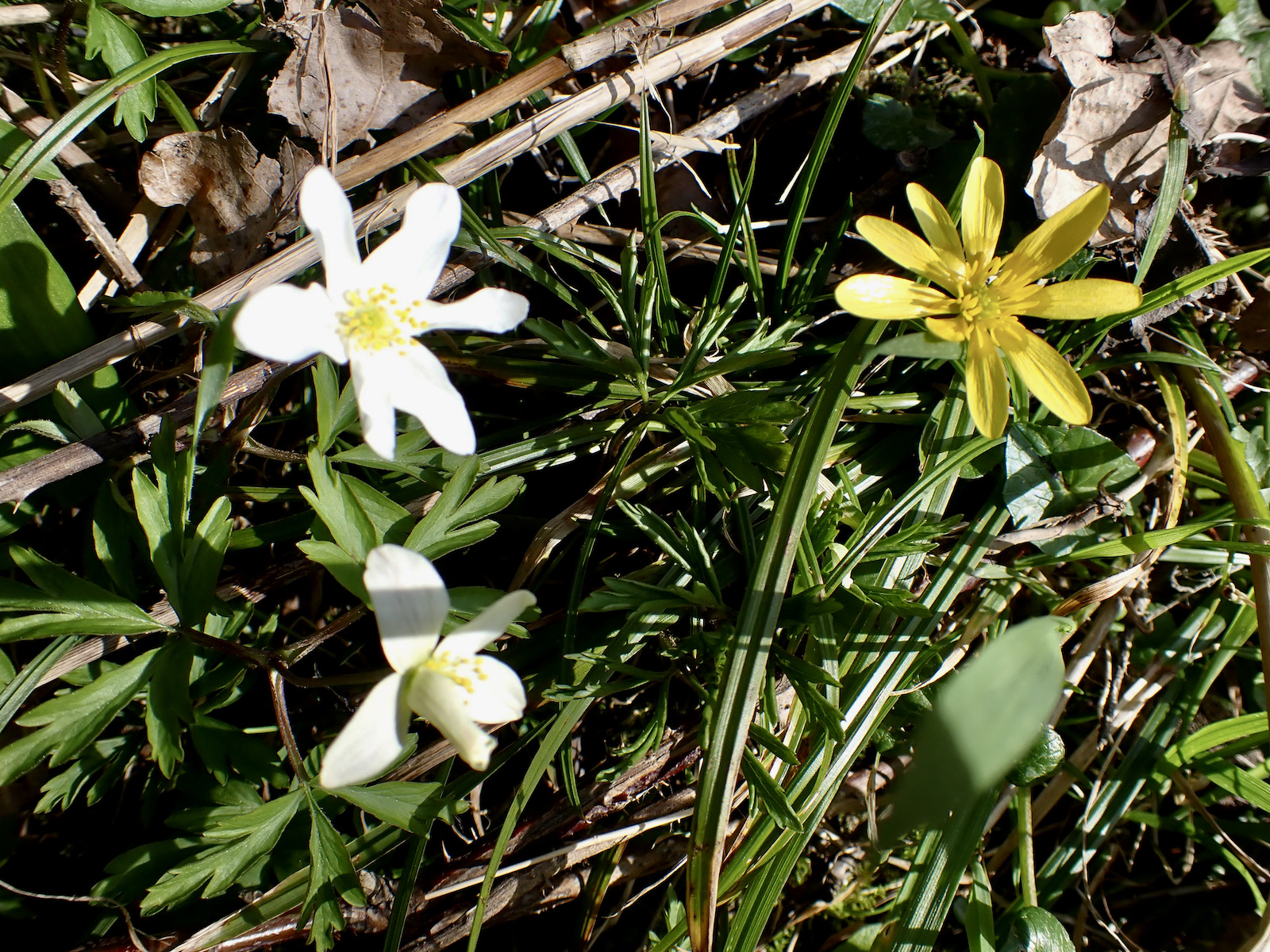
I caught a couple of small browns that reminded me of the fish I used to catch as a child dropping a worm in the overgrown River Umber that flows through Combe Martin. The familiar scents of wild garlic and the wild flowers of Spring are timeless sights and aromas that I have savoured every spring for more than fifty years.
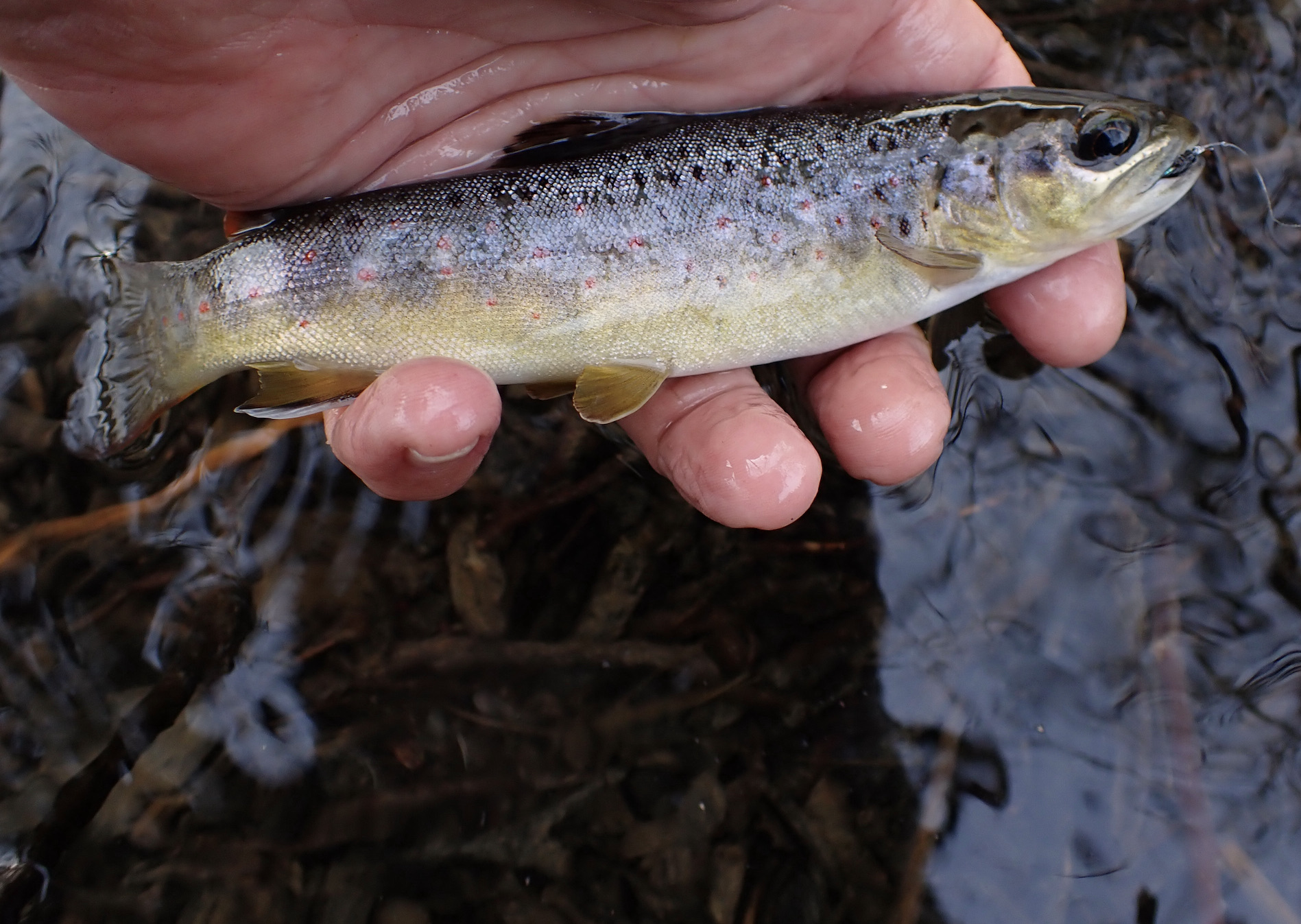
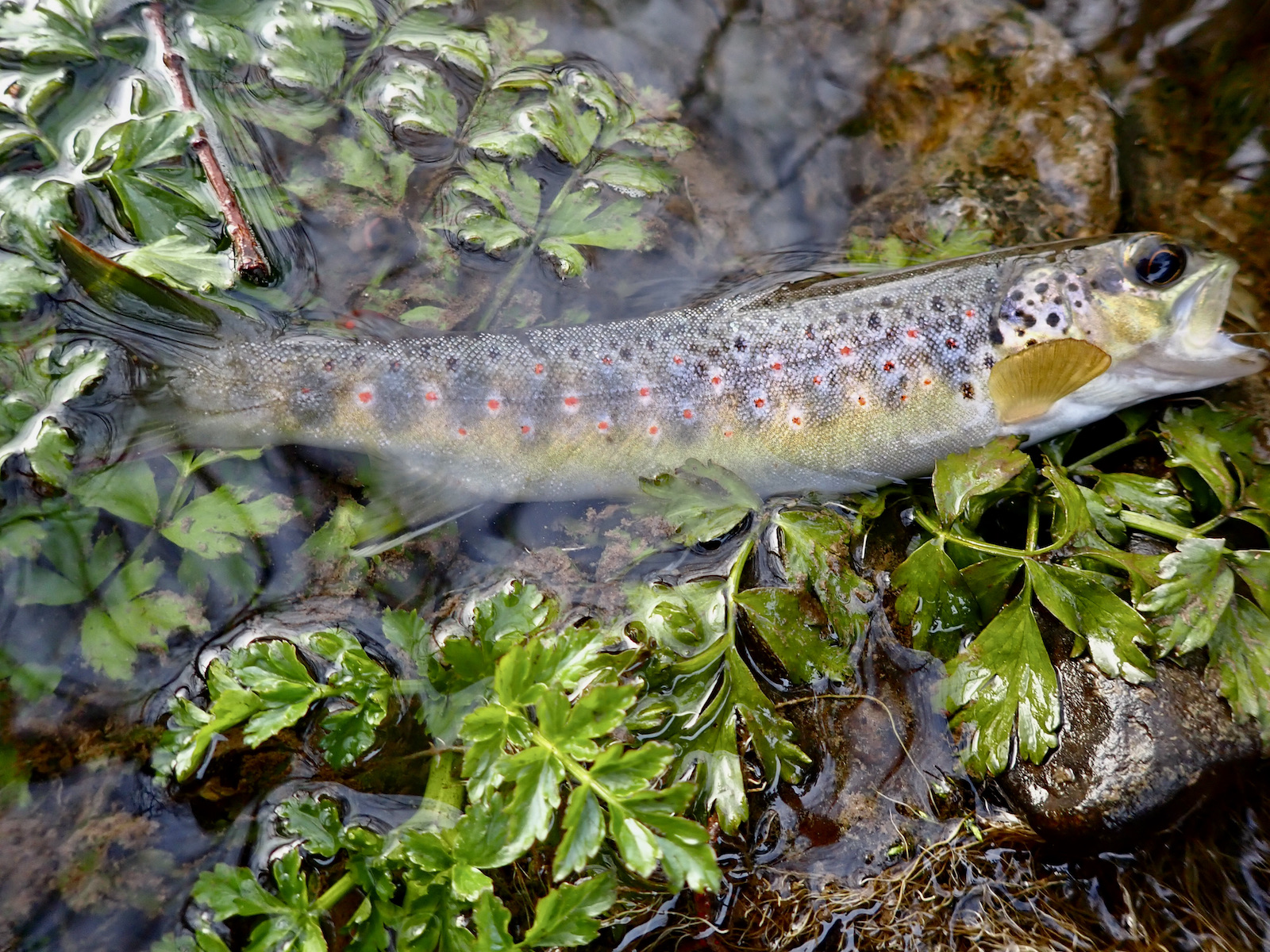
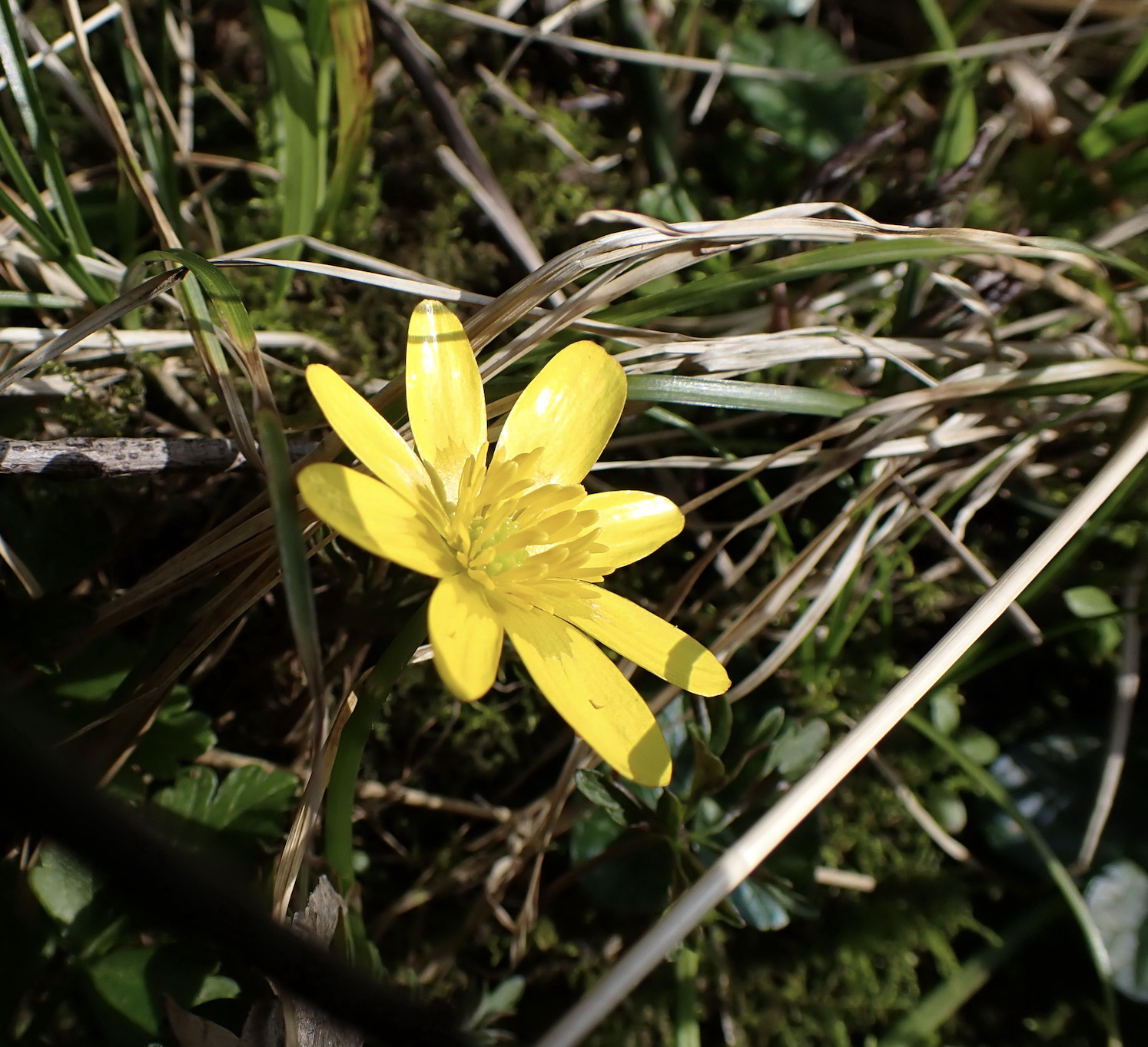
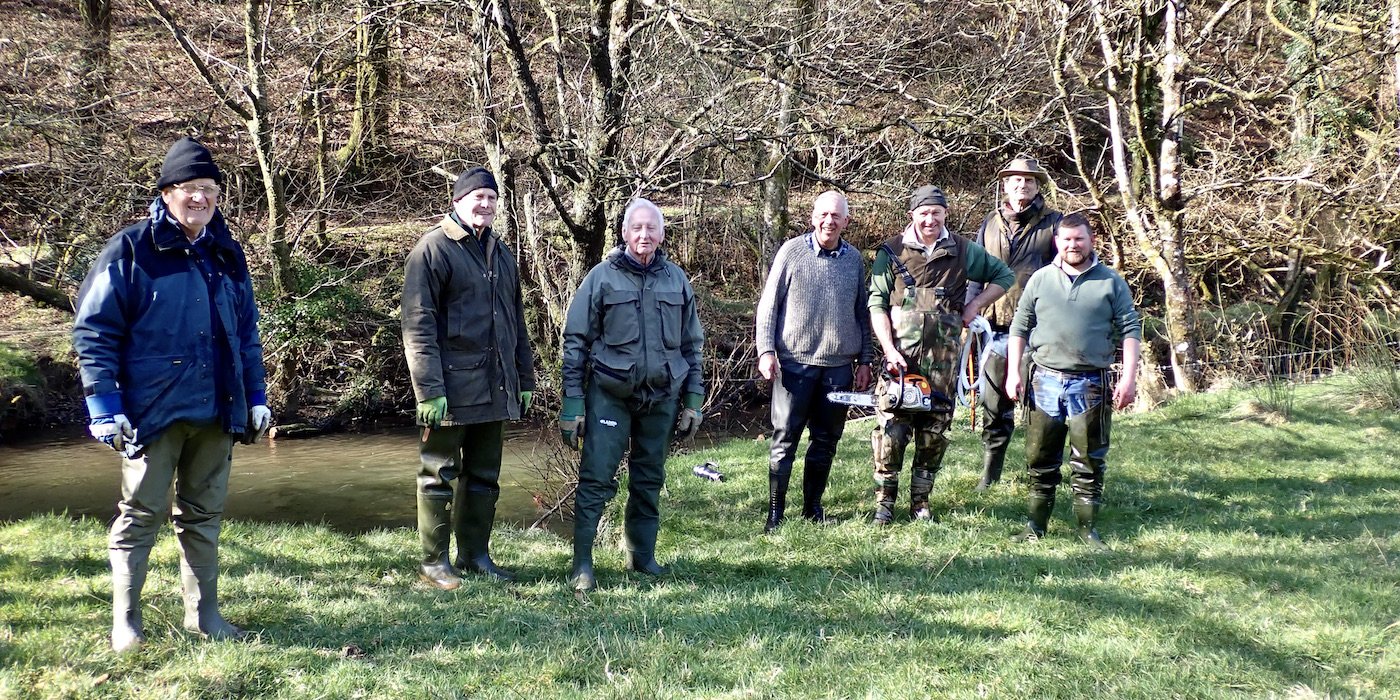
I joined members of South Molton Angling Club on one of their stretches of fishing along the River Bray. This was the first of a couple of bank clearing work parties organised throughout the season. It was a delightful Spring day with a bright blue sky and a pleasure to be at the waterside with fellow anglers keen to carry out some early season work.
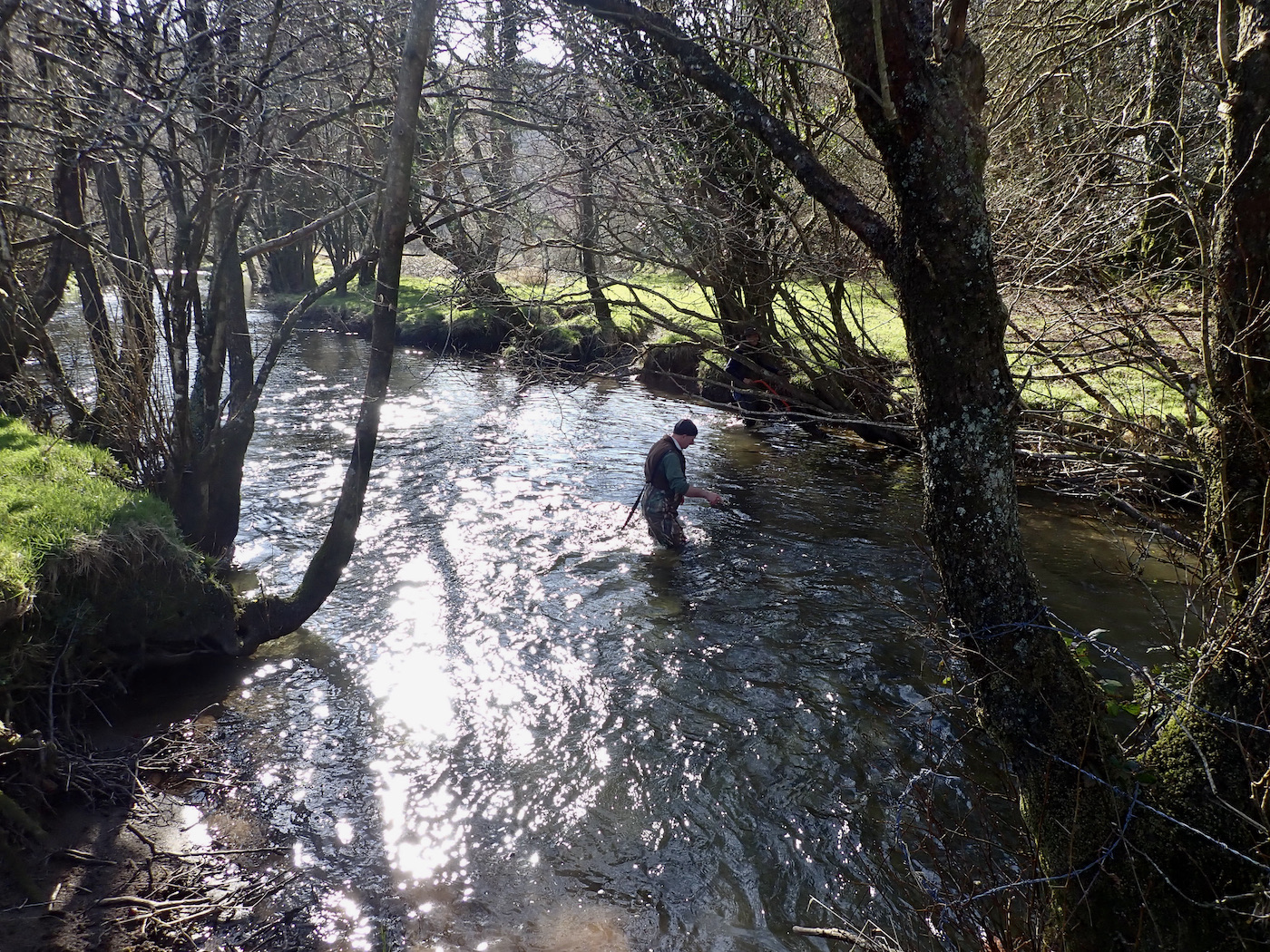
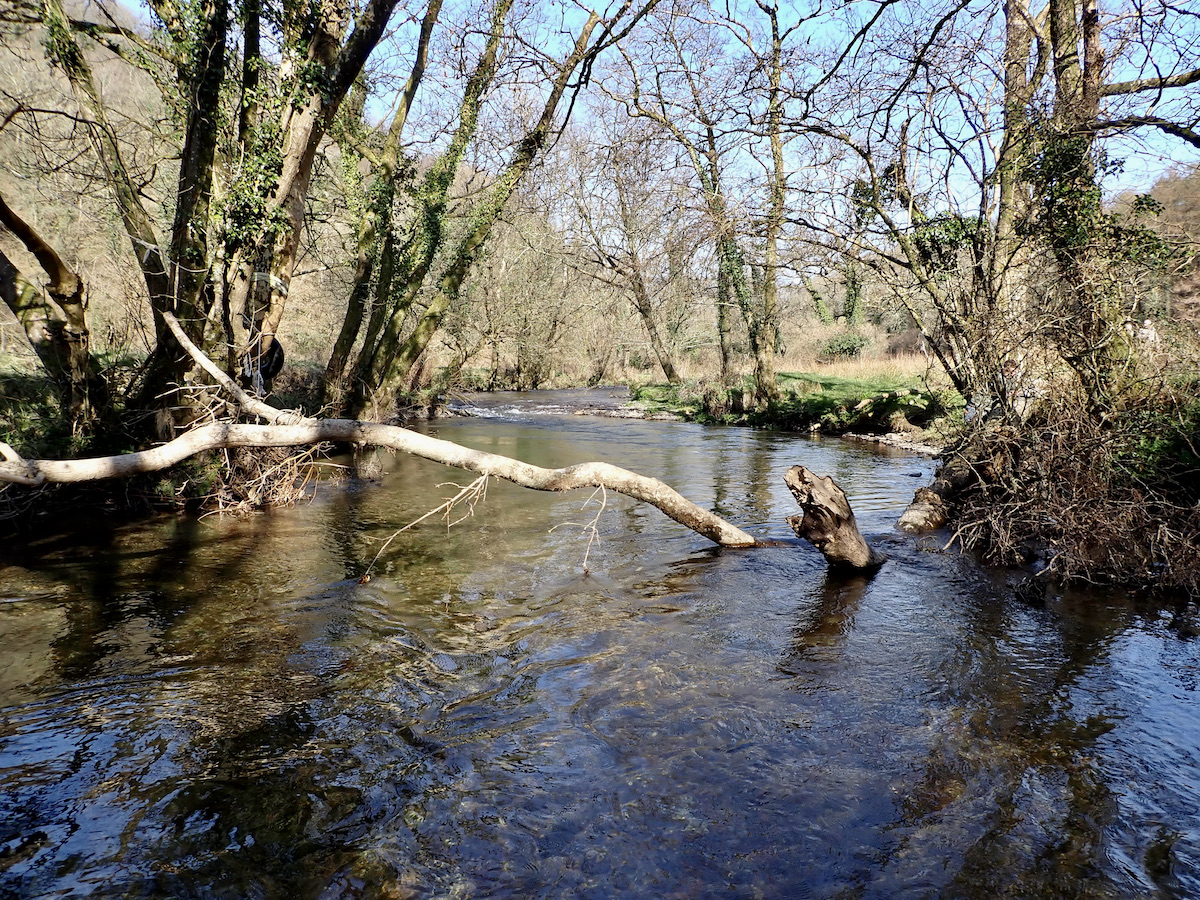
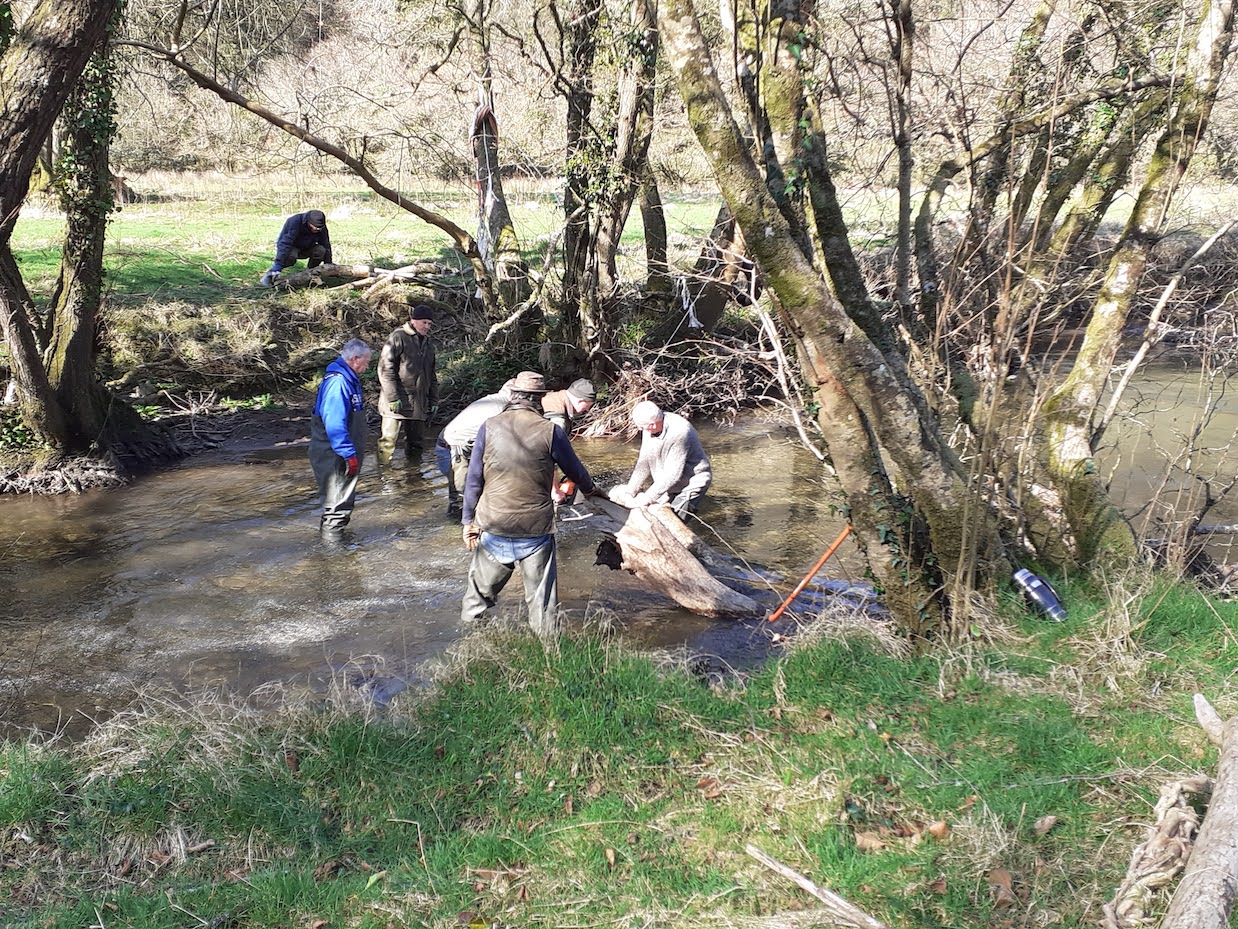
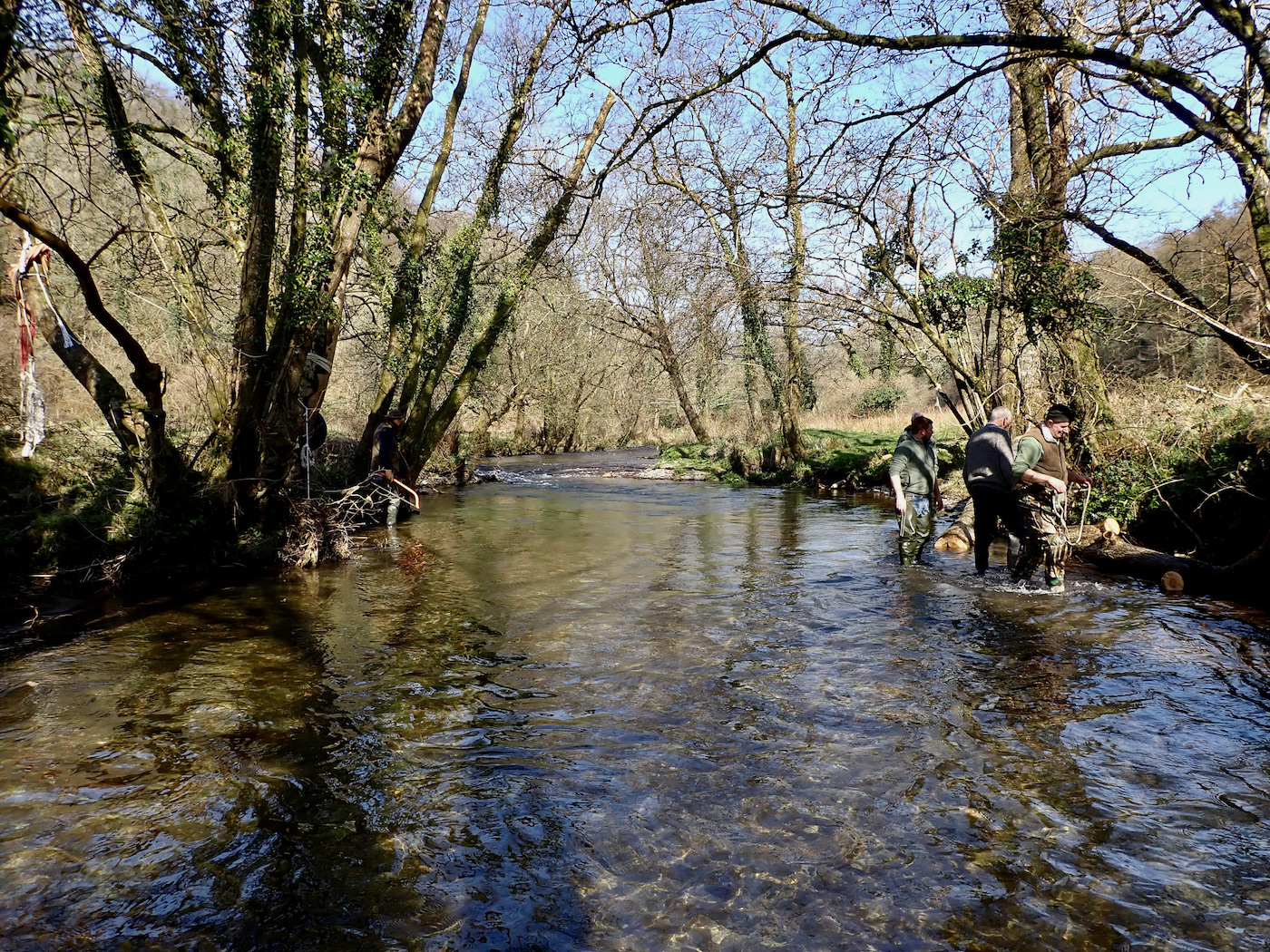
The club rents several stretches of water and work with the landowners permission to undertake a minimal amount of river maintenance to allow access to fishing areas. The winter storm always bring a few fallen trees that can block the river and render some areas un-fishable. Substantial trash dams and fallen trees can also lead to serious bank erosion so these also need tackling.
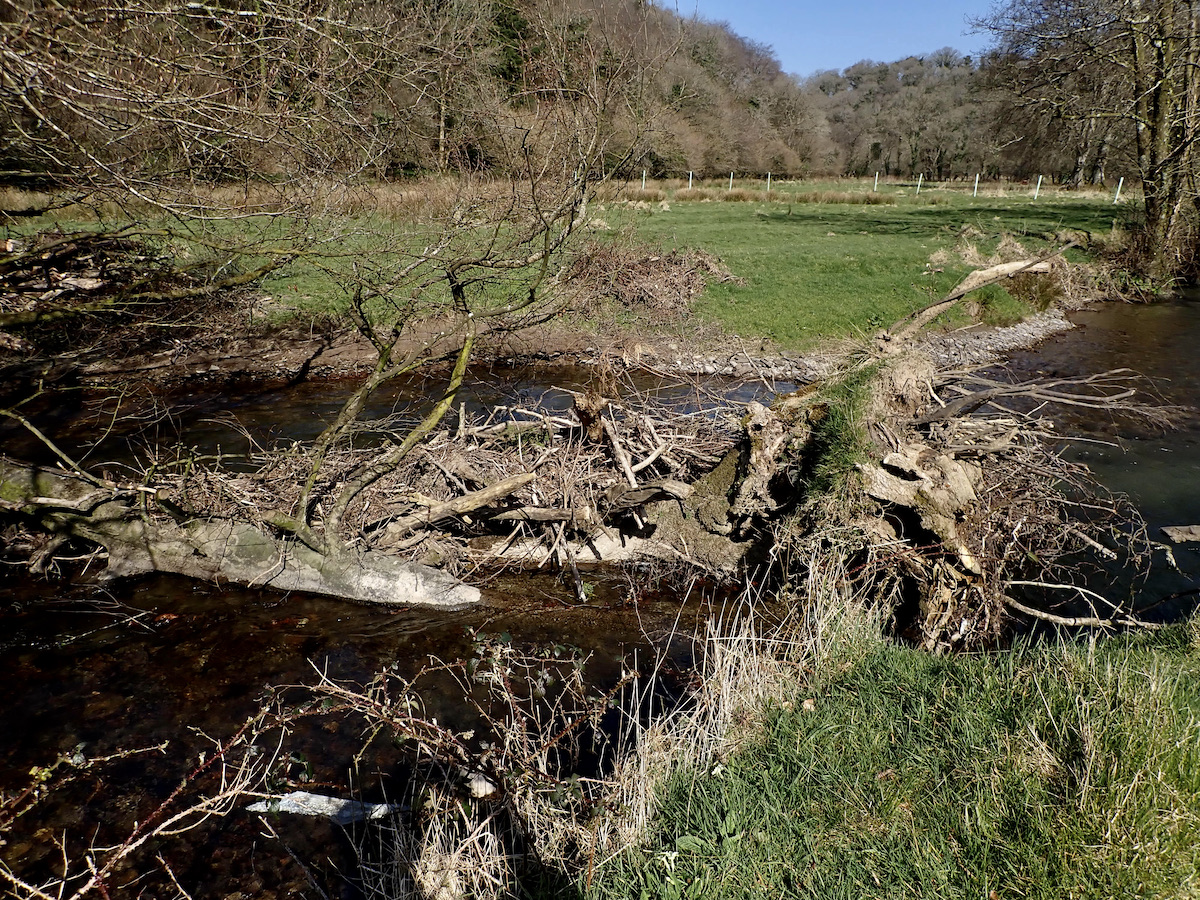
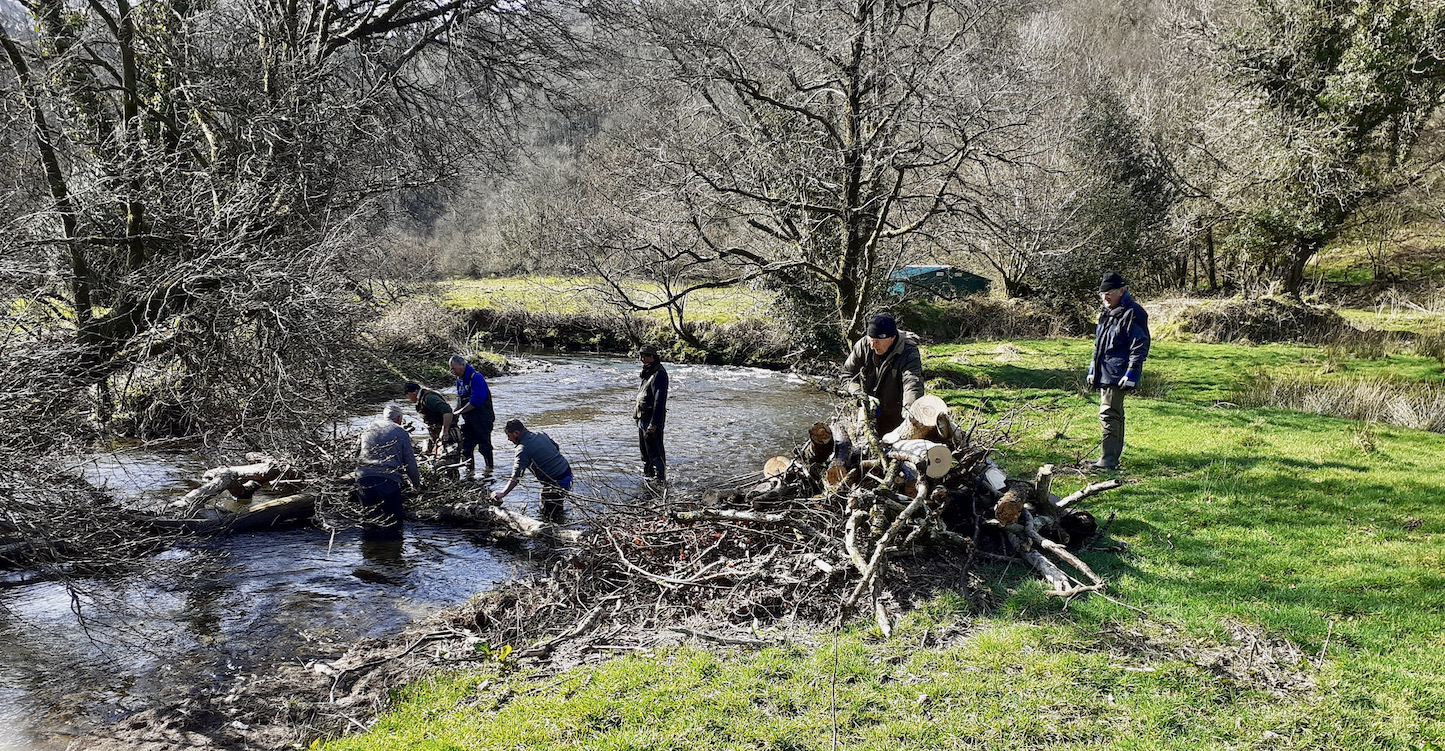
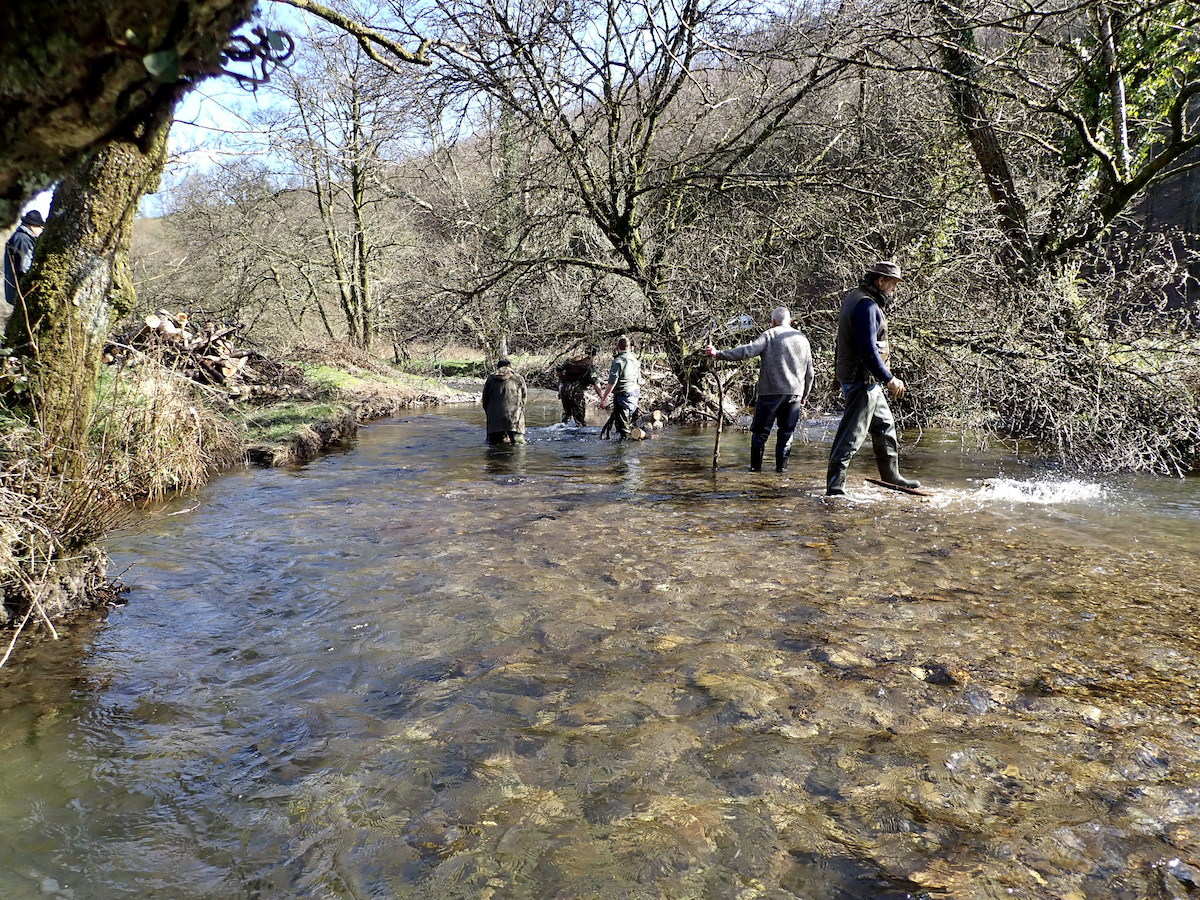
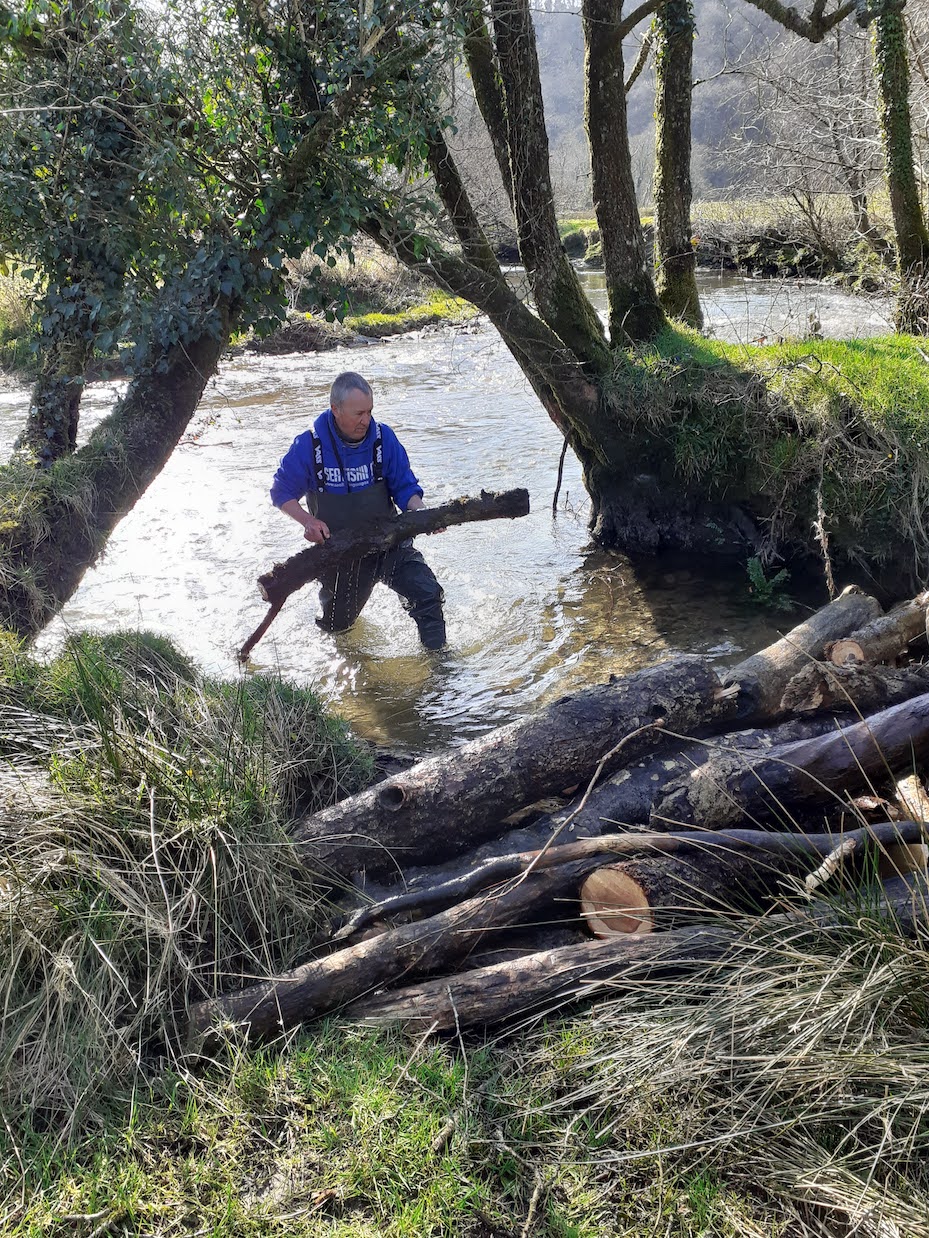
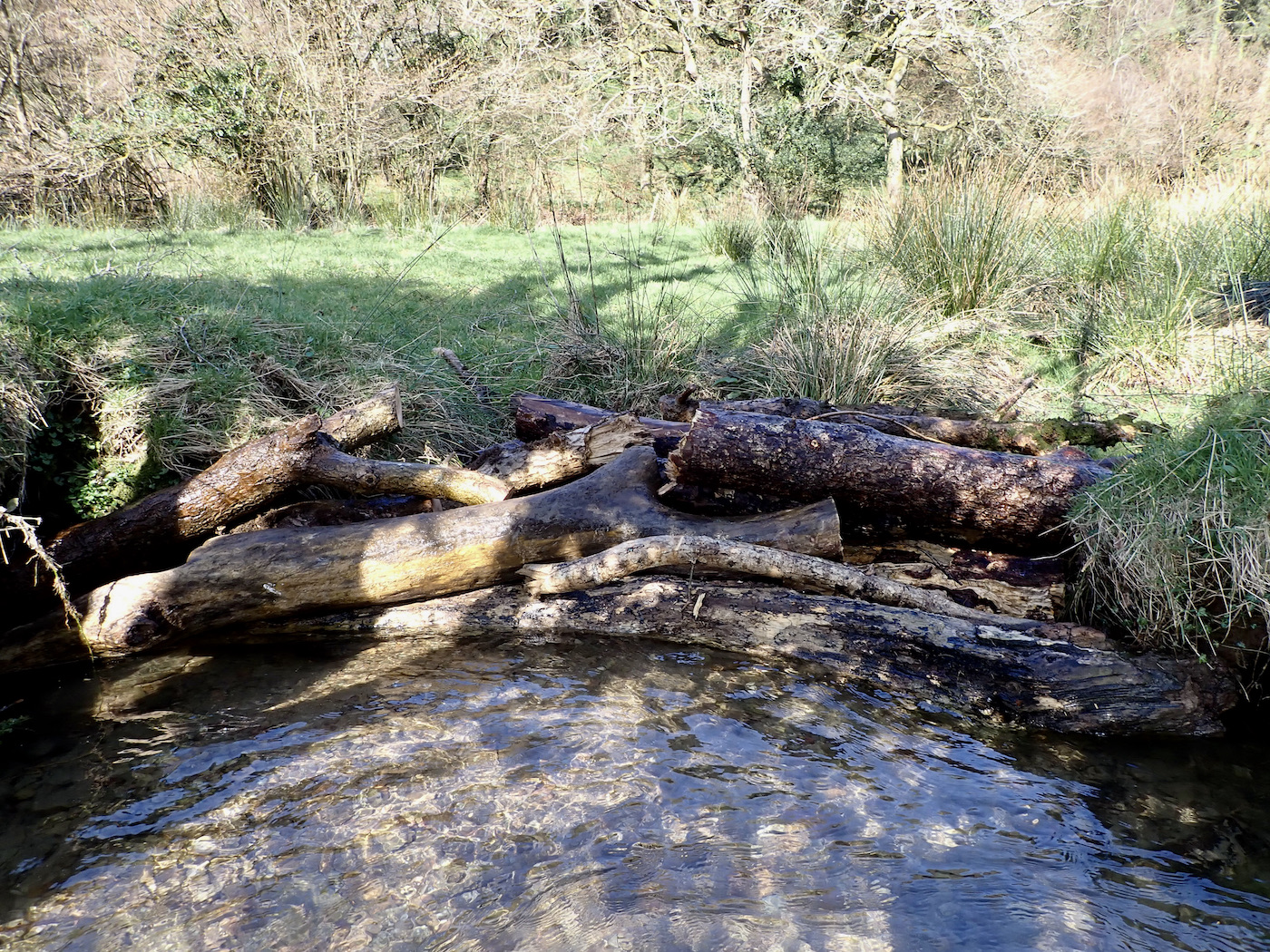
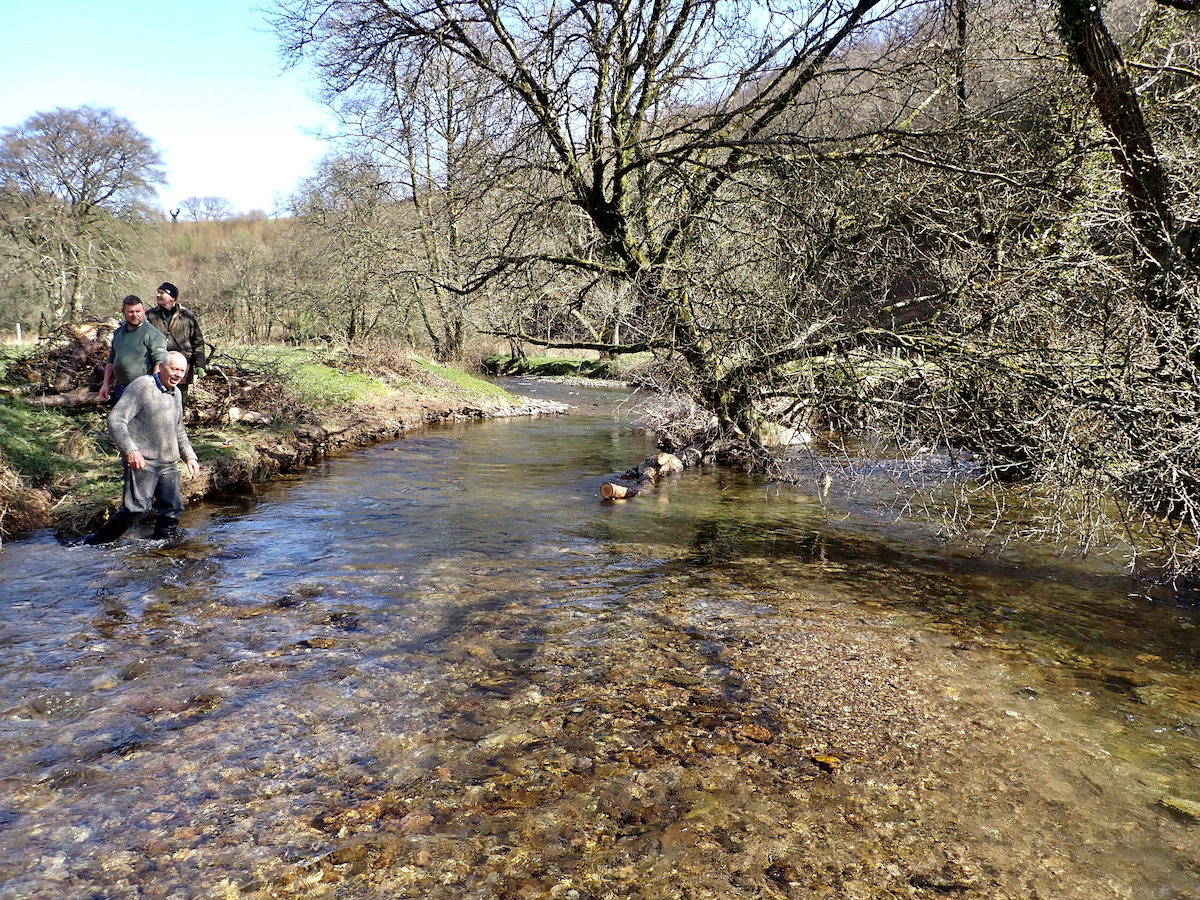
A couple of hours hard work addressed a few areas of concern and also enabled the normal good humoured banter and discussion to flow. The long dead carcass of a red deer stag intrigued us all as we debated its demise. Had it died of old age, been shot or hit by a car? It is likely that the poor creature had gone to the river for its last drink before passing away to decompose beside the ever-flowing river the nutrients from its body returning to the land in natures never-ending cycle.
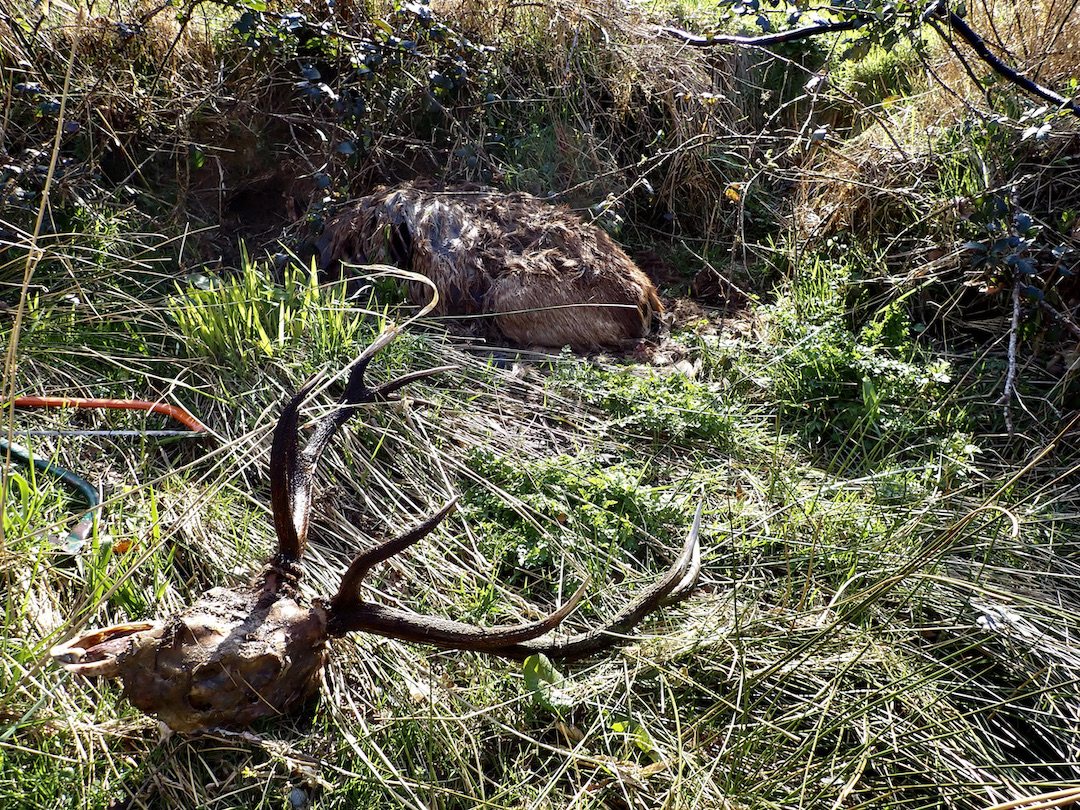
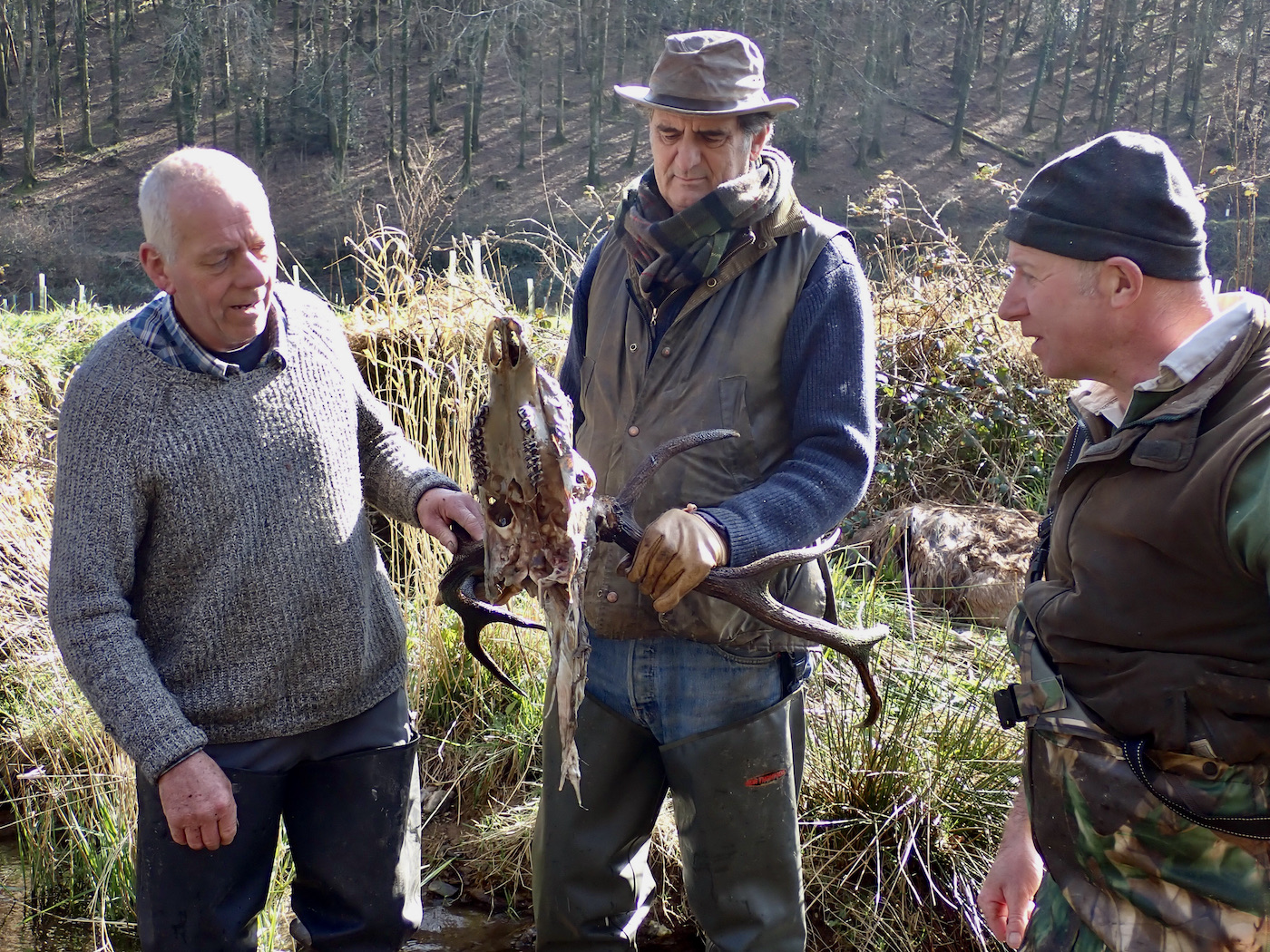
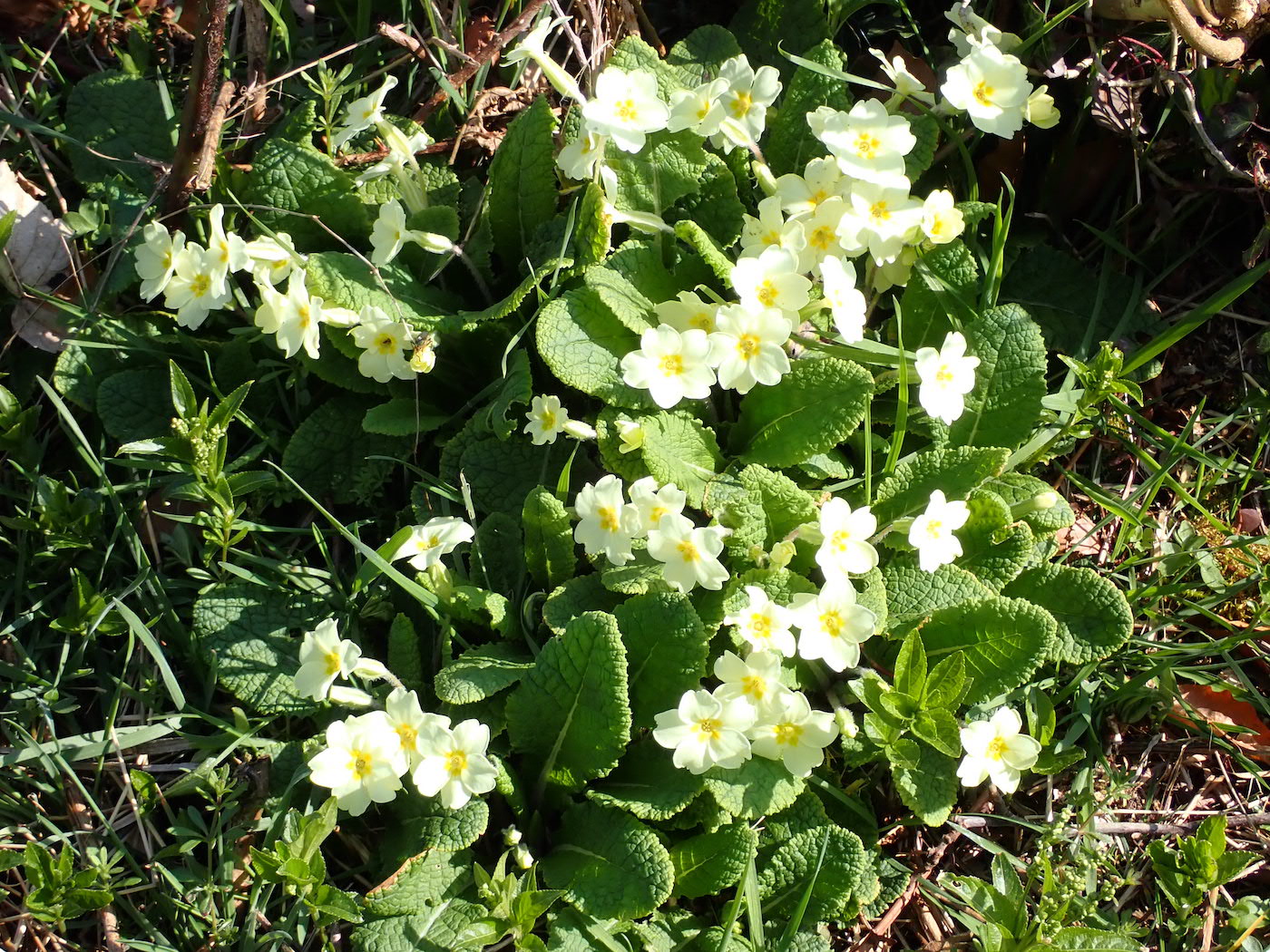
Tony Watkins fished the Weir-Marsh and Brightly beats on the River Taw to tempt his first ever salmon a bright bar of silver estimated at 11lb. The salmon was tempted on a Wee Monkey Needle fly. Congratulations to Tony on his first salmon which I believe is the third fish caught so far this season on the Taw.
Day tickets for this lovely stretch of the Taw can be bought from Chris Steer on 07761 285169
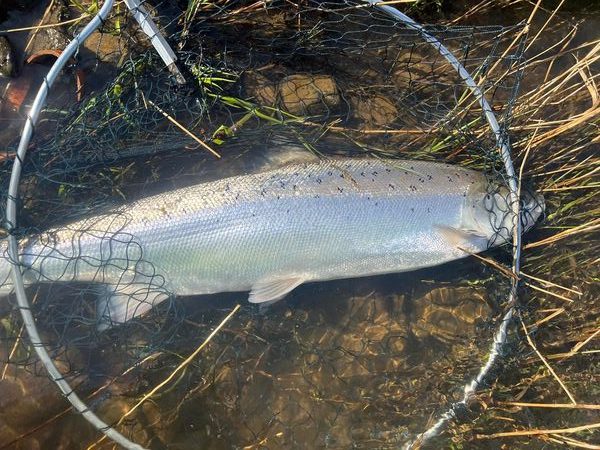
I fished the Torridge with the river looking perfect and tempted no fish. I could use the age-old excuse that the otter swimming through the river disrupted the fish but in truth silver bars of spring are hard won and it seems they are hanging around the lower river. To be out on such a beautiful day is surely pleasure enough for now.
Many thanks to my wife Pauline for capturing a few images of the river.
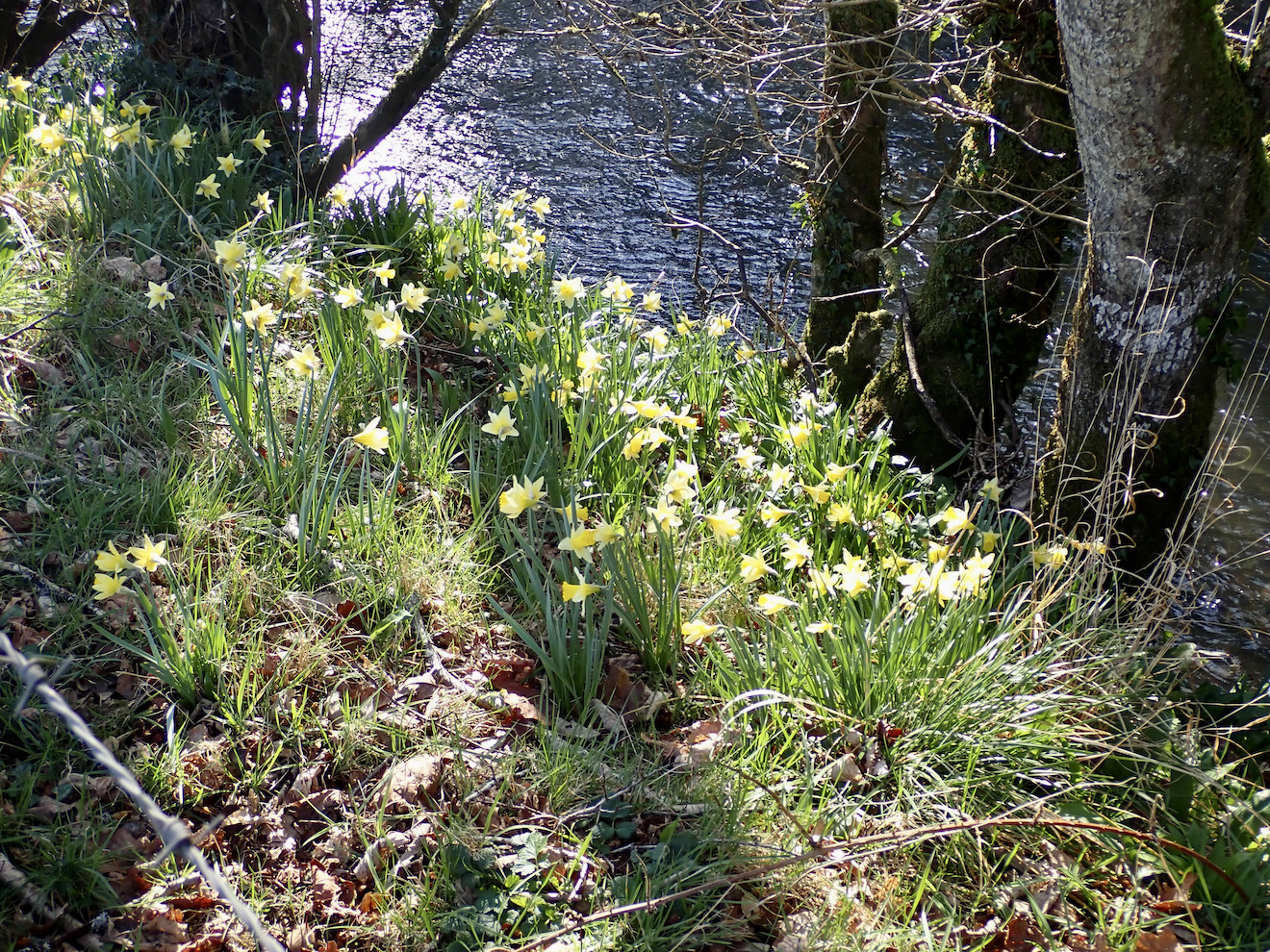
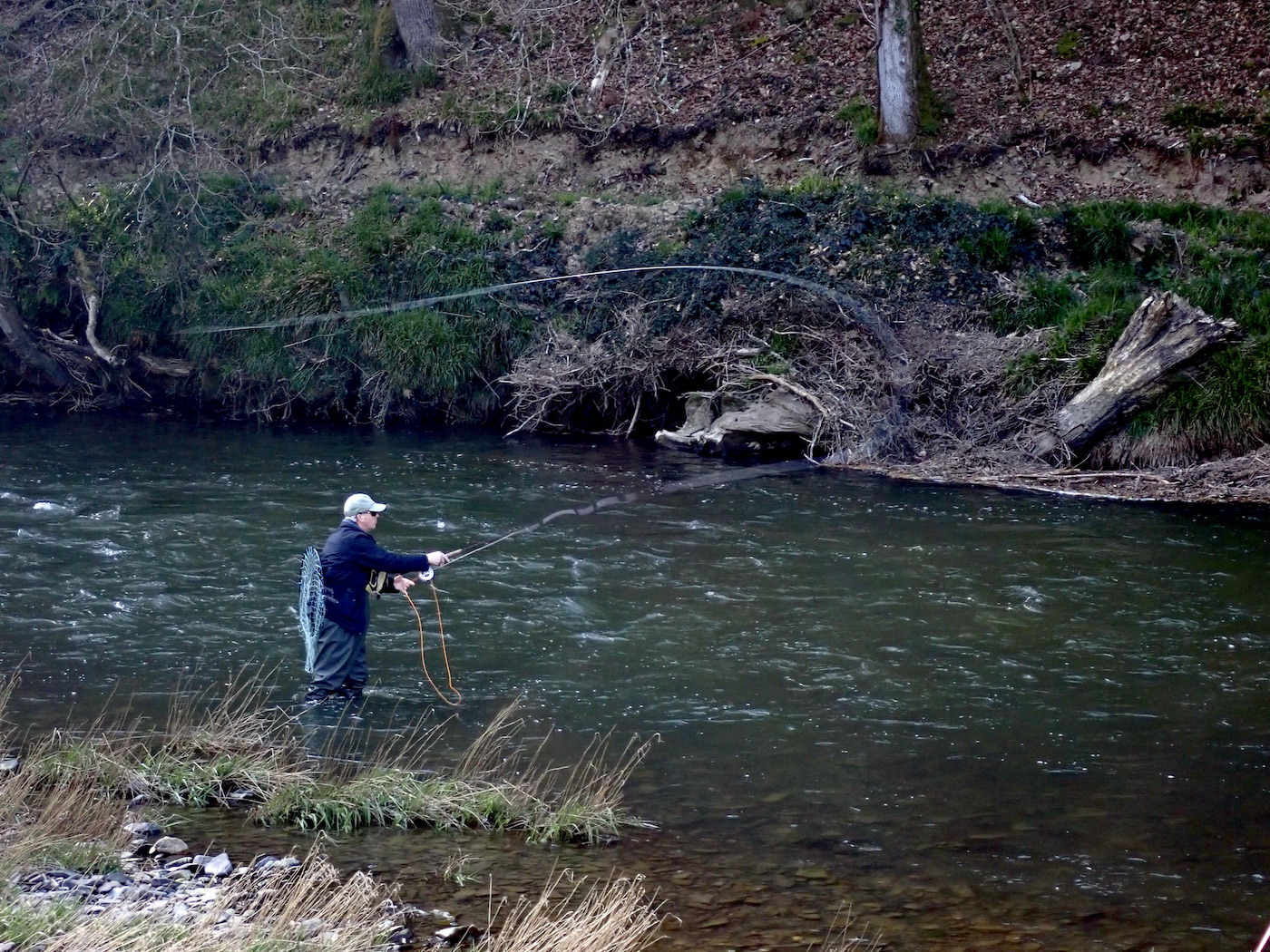
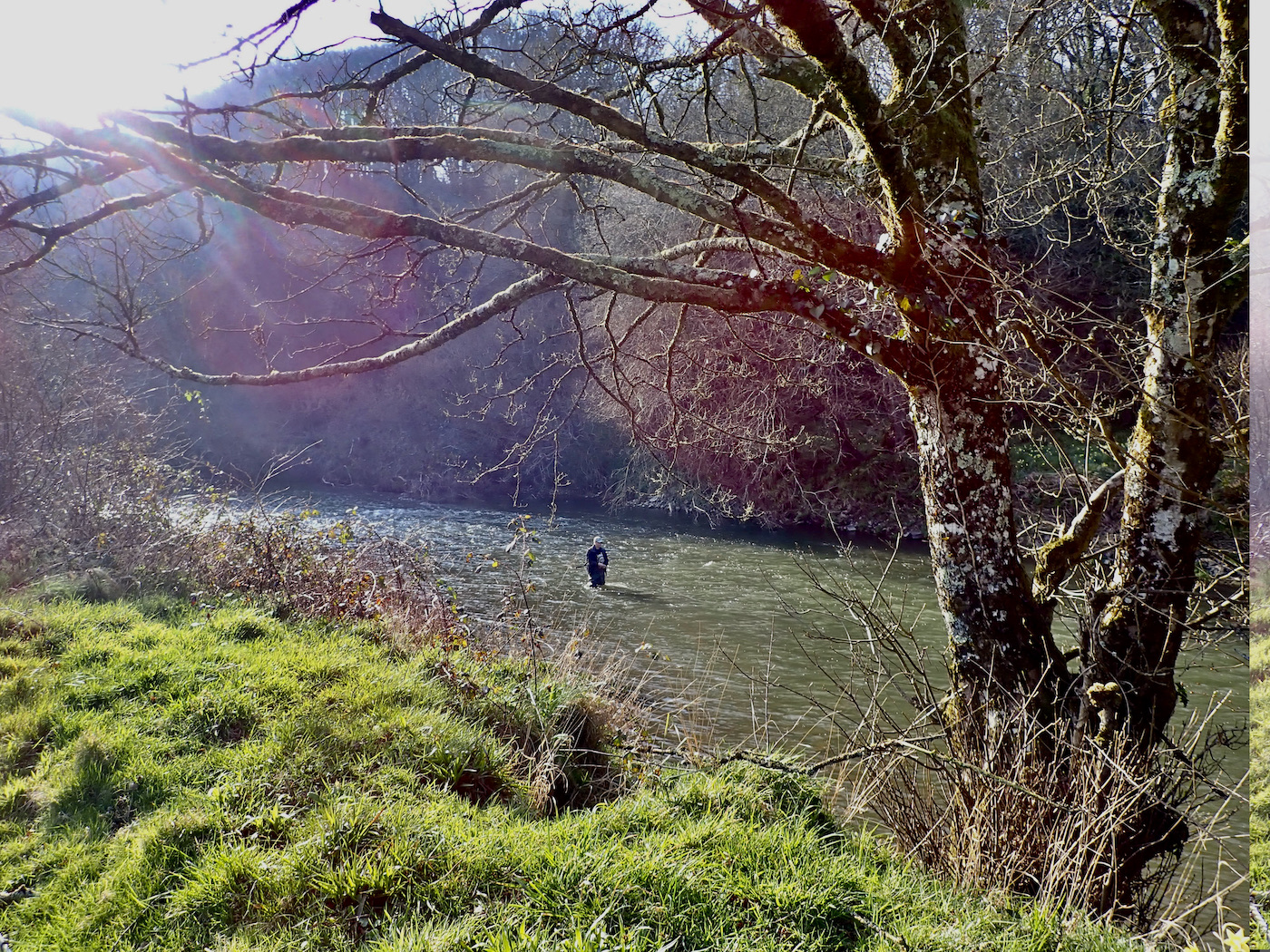
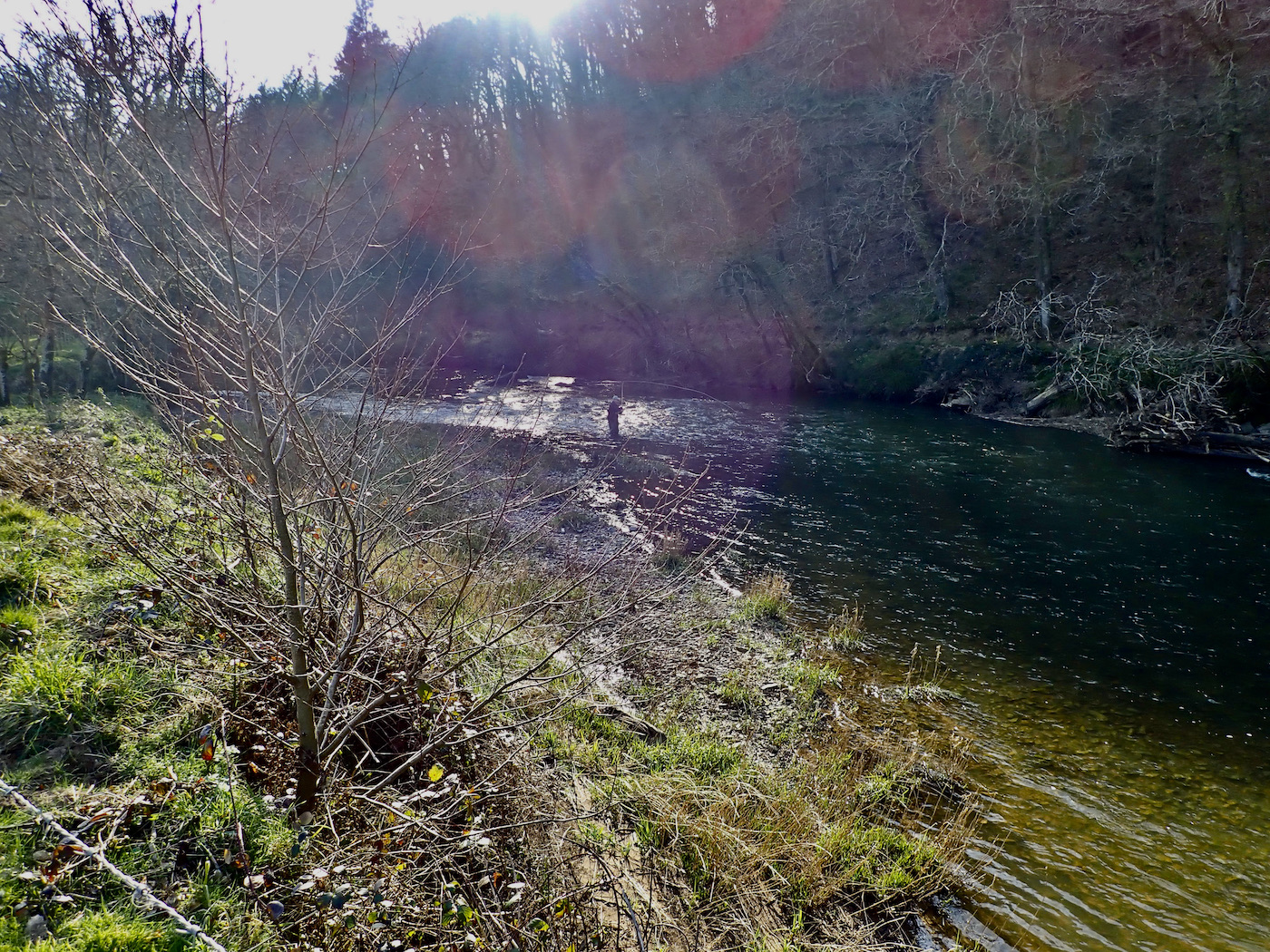
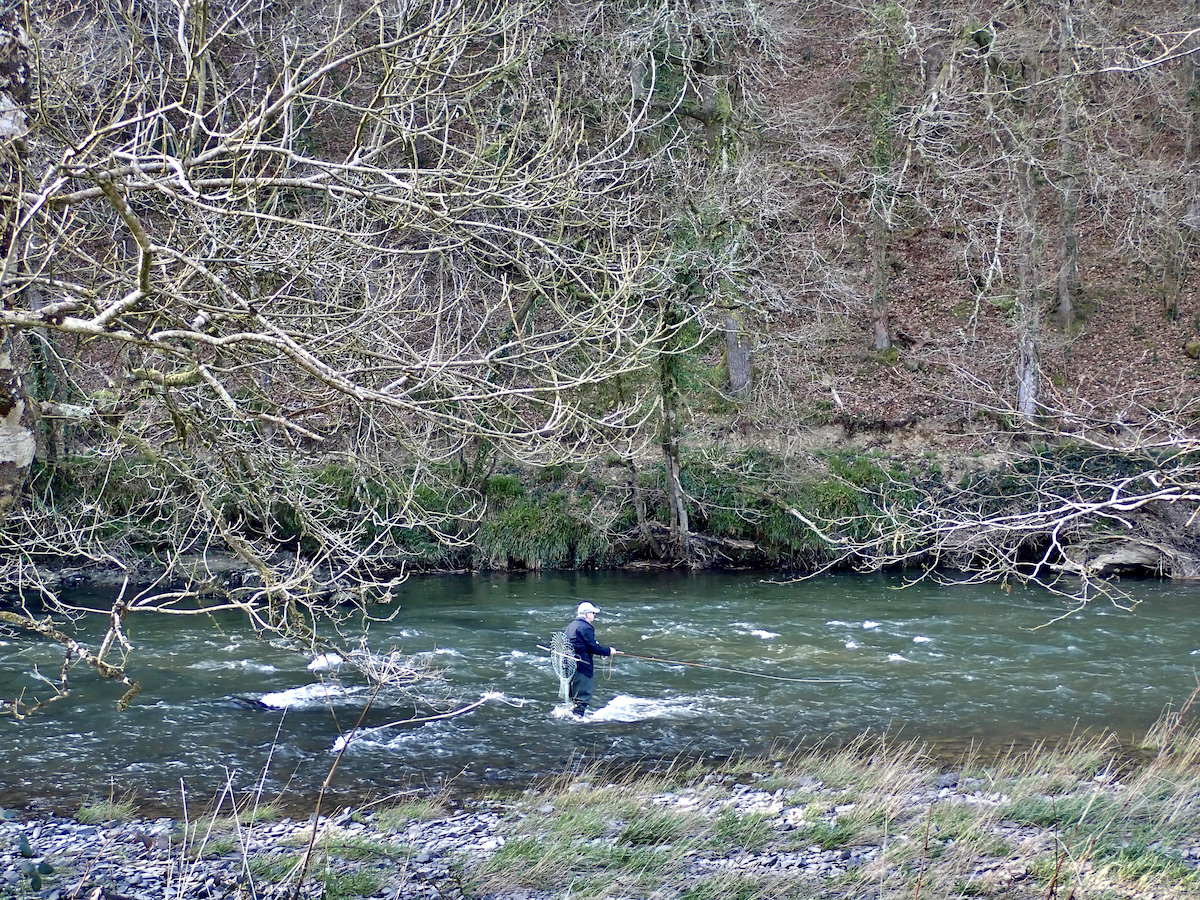
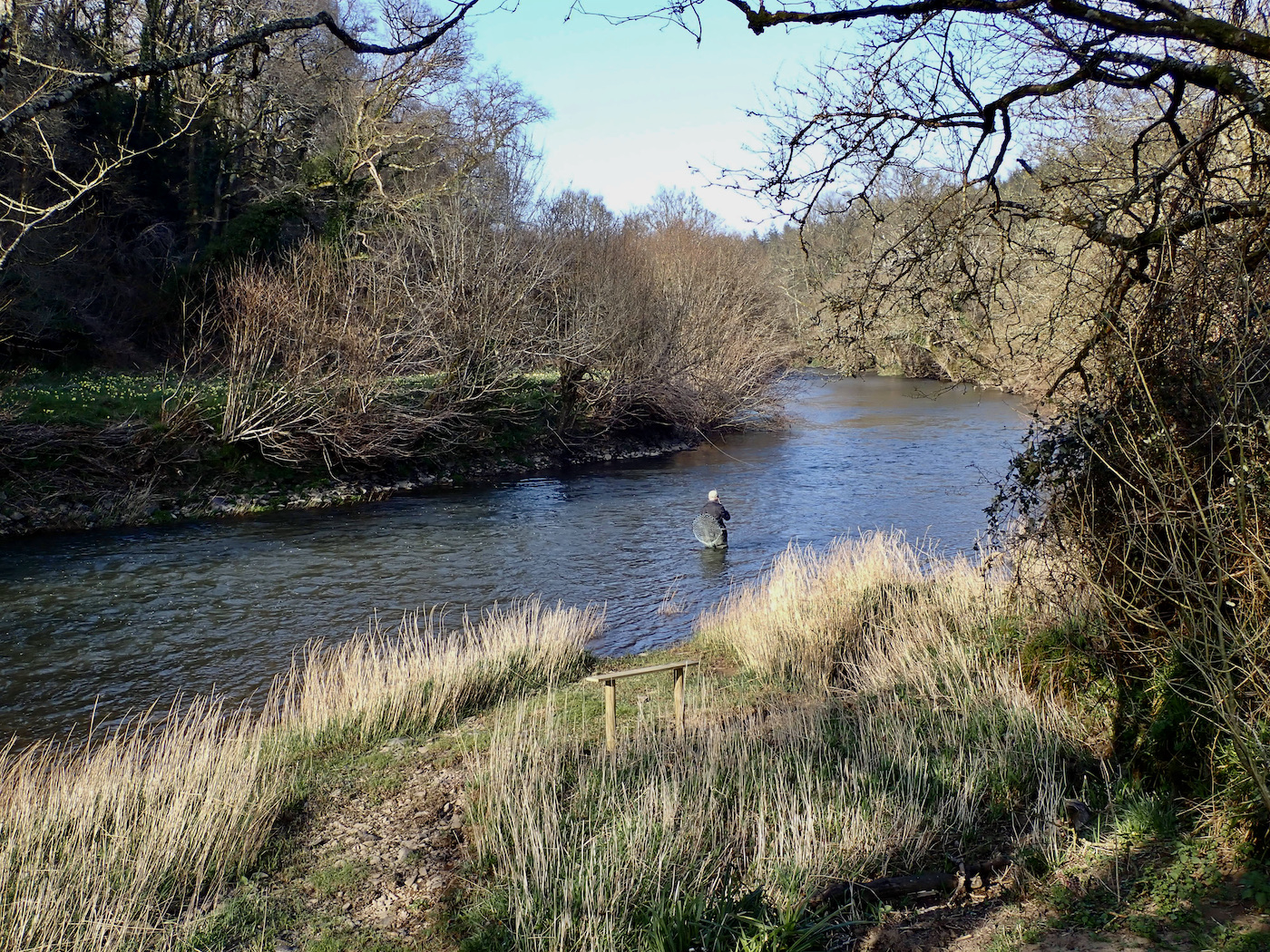
Despite the bright sunshine, the trout are feeding well at Blakewell. Here are the best two for Jacky and Mark, who both caught limits today. 6lbs 14oz and 6lbs, respectively, that put big smiles on their faces! Great to see all the hard work that has been put into the fishery paying off, now, with plenty of hard-fighting trout coming to the net.
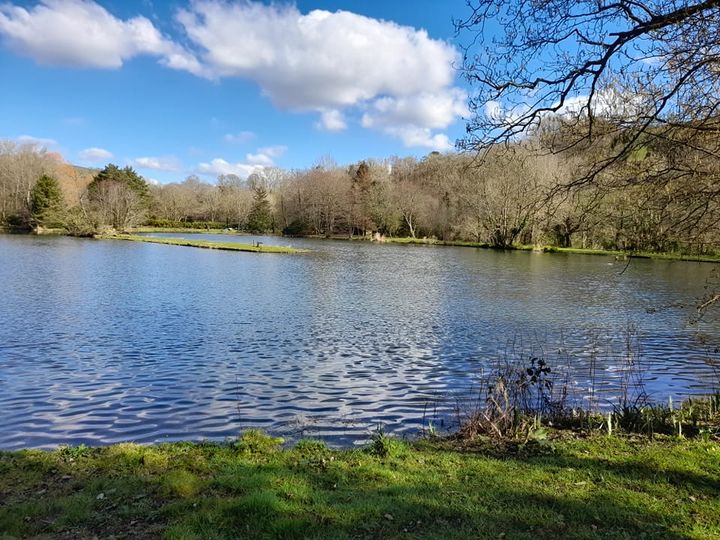
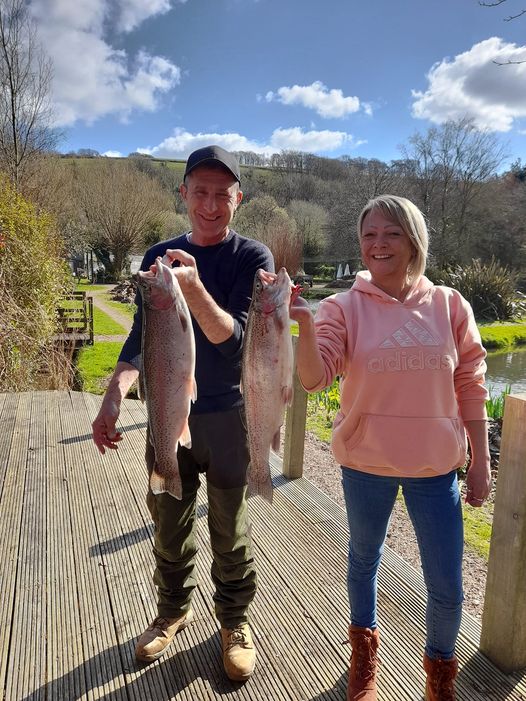
South West Lakes Trout Fisheries Report
March 2022
In anticipation of the new trout fishing season, South West Lakes was delighted to be able to offer the return of the popular South West Fly Fair at Roadford Lake on Sunday 6th March, after a year’s absence due to Covid.
Fly fishing enthusiasts from across the region keenly attended the event, which over the years has become an annual fixture in their diaries to herald in the new season. The show’s main sponsor was Chevron Hackles, the local producer of many fine fly tying feathers and accessories.
In addition to Chevron, there were many trade stands and exhibitors, with a wide selection of both new and used tackle and equipment for sale, along with fly tying demonstrations, casting demonstrations and tuition, and the opportunity to try out the latest equipment. Representatives from many local clubs, fisheries, and environmental organisations were on hand with information.
The fair not only caters for trout anglers, with enthusiasts for salmon, saltwater, pike, and grayling also represented. The event was opened by the fair’s patron, Charles Jardine, who then proceeded to give casting and fly tying demonstrations in his own inimitable, skilful and humorous fashion throughout the day, as well as a fish preparation and cookery demonstration.
A major part of the fair has always been the opportunity to catch up with old friends and fishing colleagues, and to enthuse about the opportunities for the upcoming season, and this year was no exception. Show organiser Dil Singh was delighted with the way that the first fly fair that he has been involved with turned out, and is already anticipating a bigger and better fair for 2023.
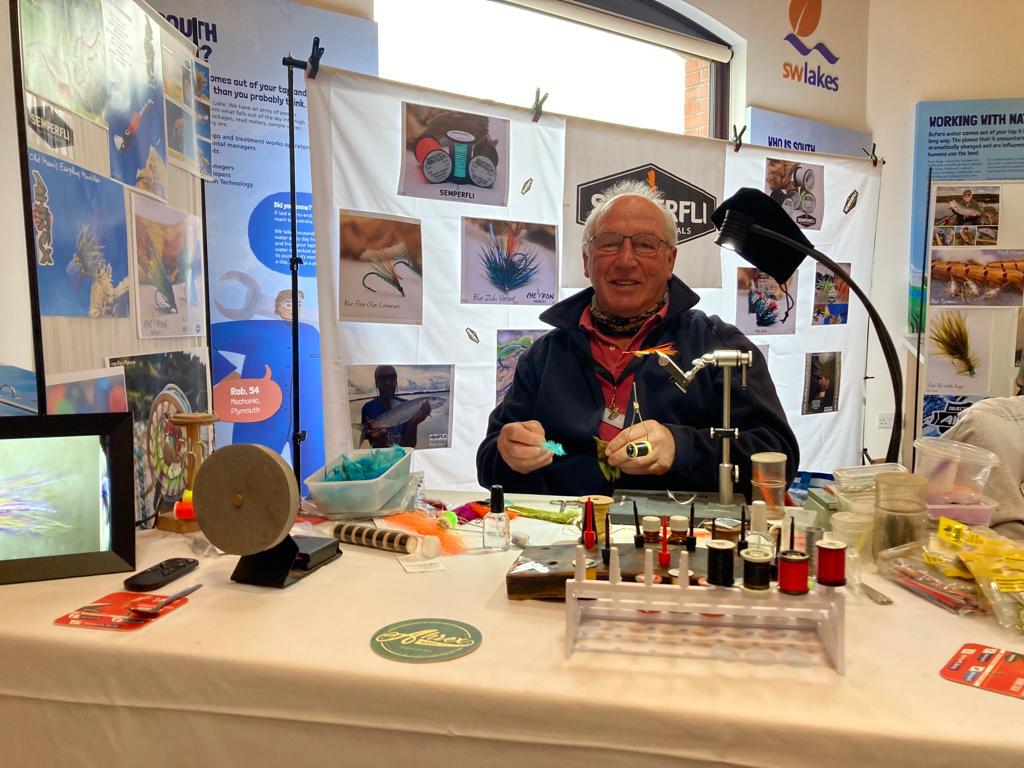
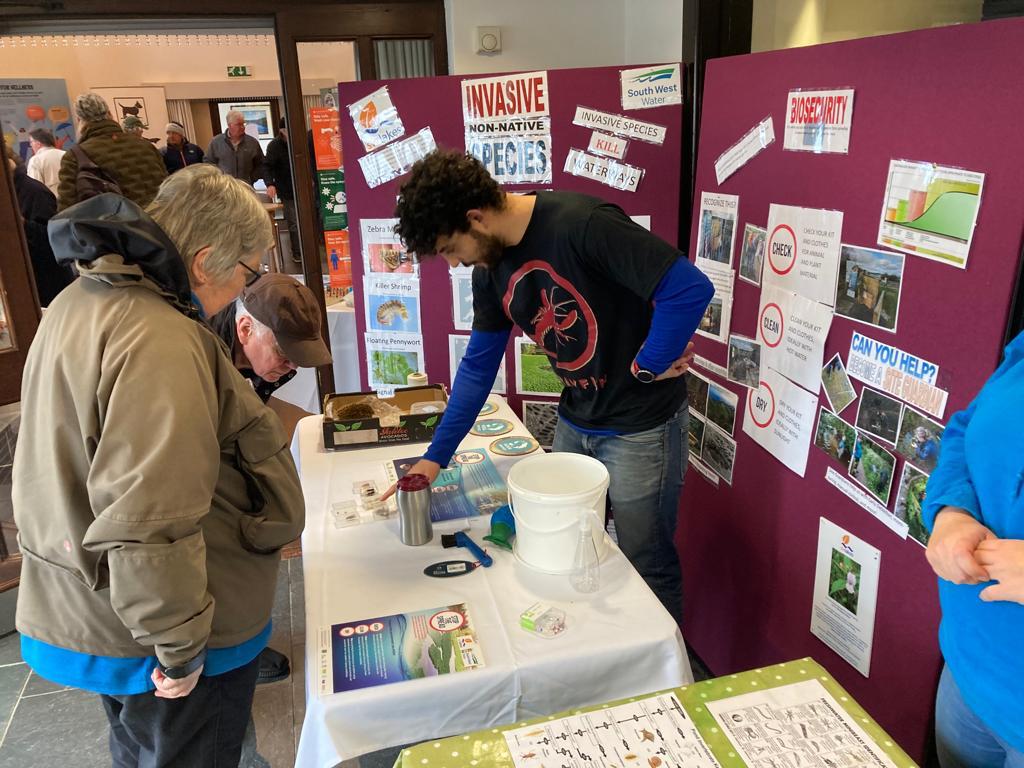
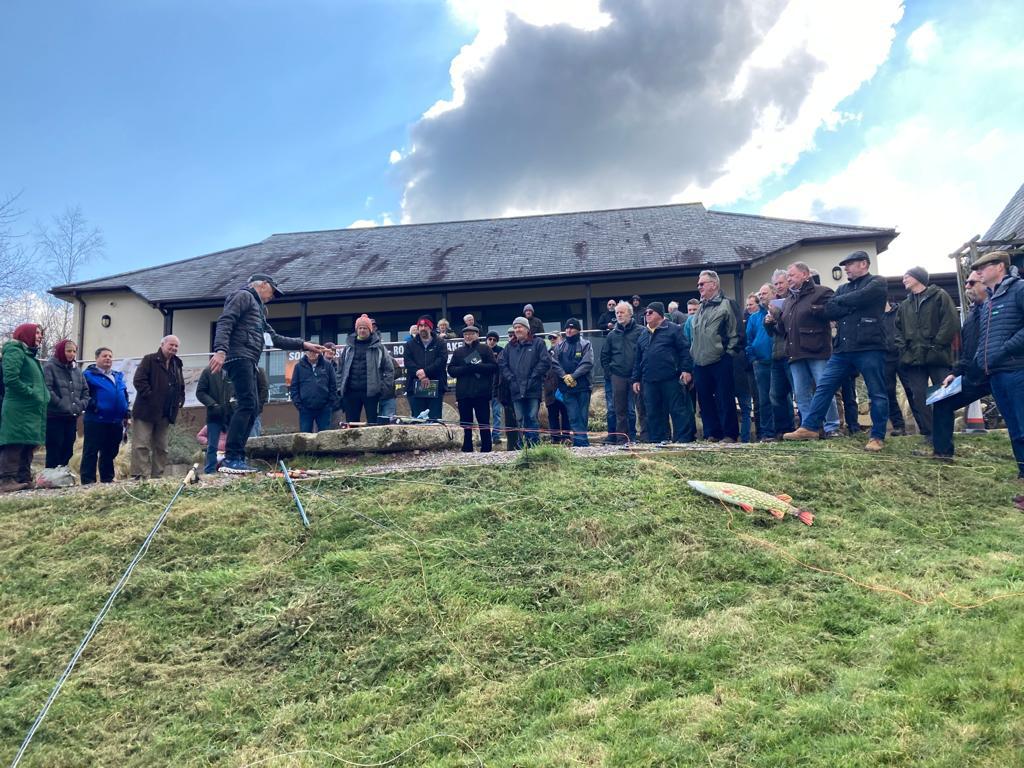
Torridge Fly Fishing Clubs season at Gammaton Reservoir has got off to an excellent start with several limit bags taken by members and visiting anglers.
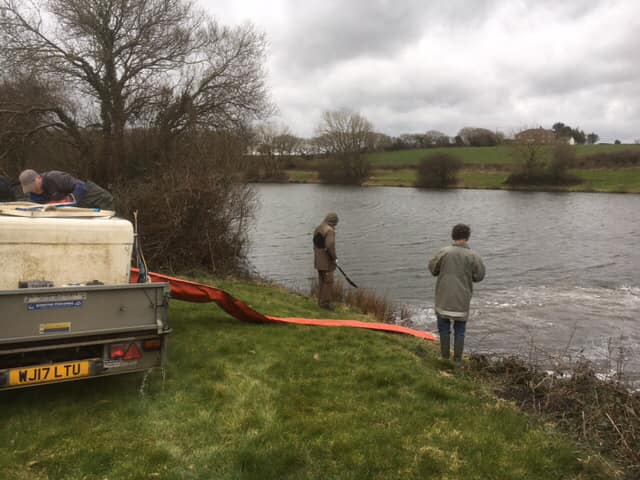
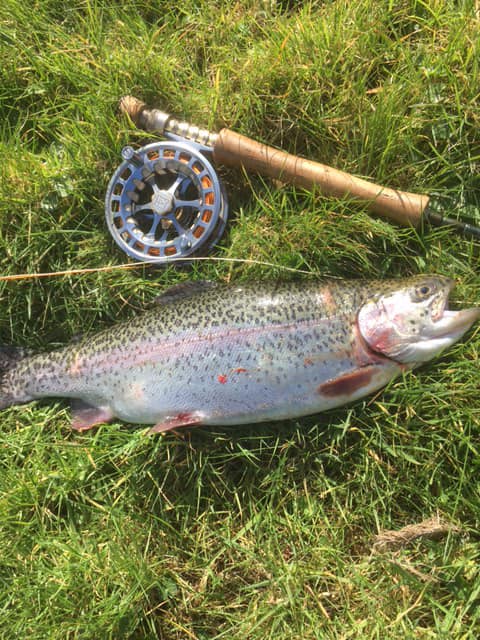
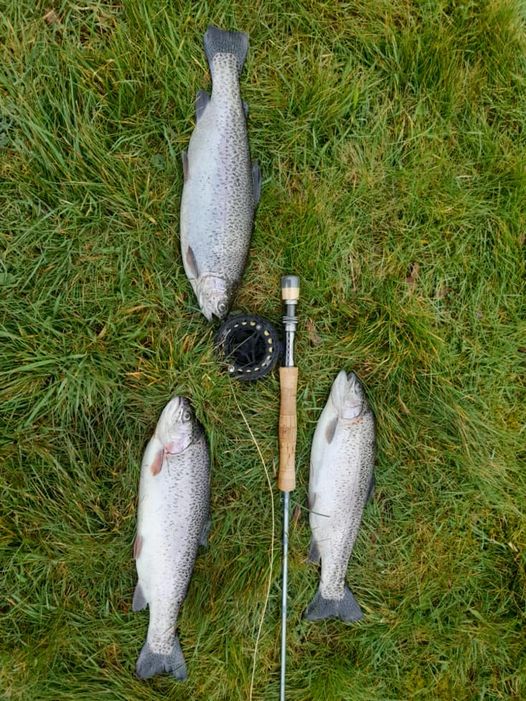
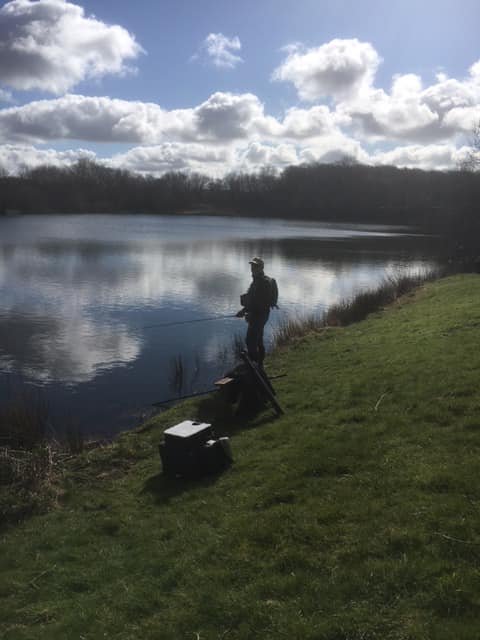
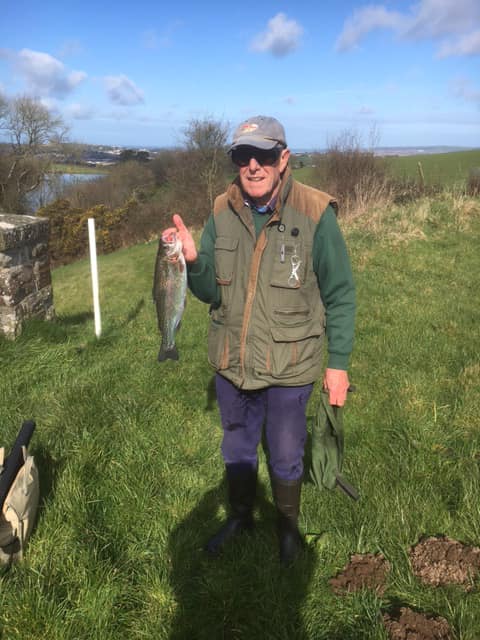
The fishing is controlled by Torridge Fly Fishing Club established in 1959, day tickets can be purchased from Summerlands Tackle permitting visiting anglers to keep three fish at a reasonable cost of £20. The trout are predominantly rainbow’s averaging 2lb to 4lb stocked by Bulldog Trout Fishery.
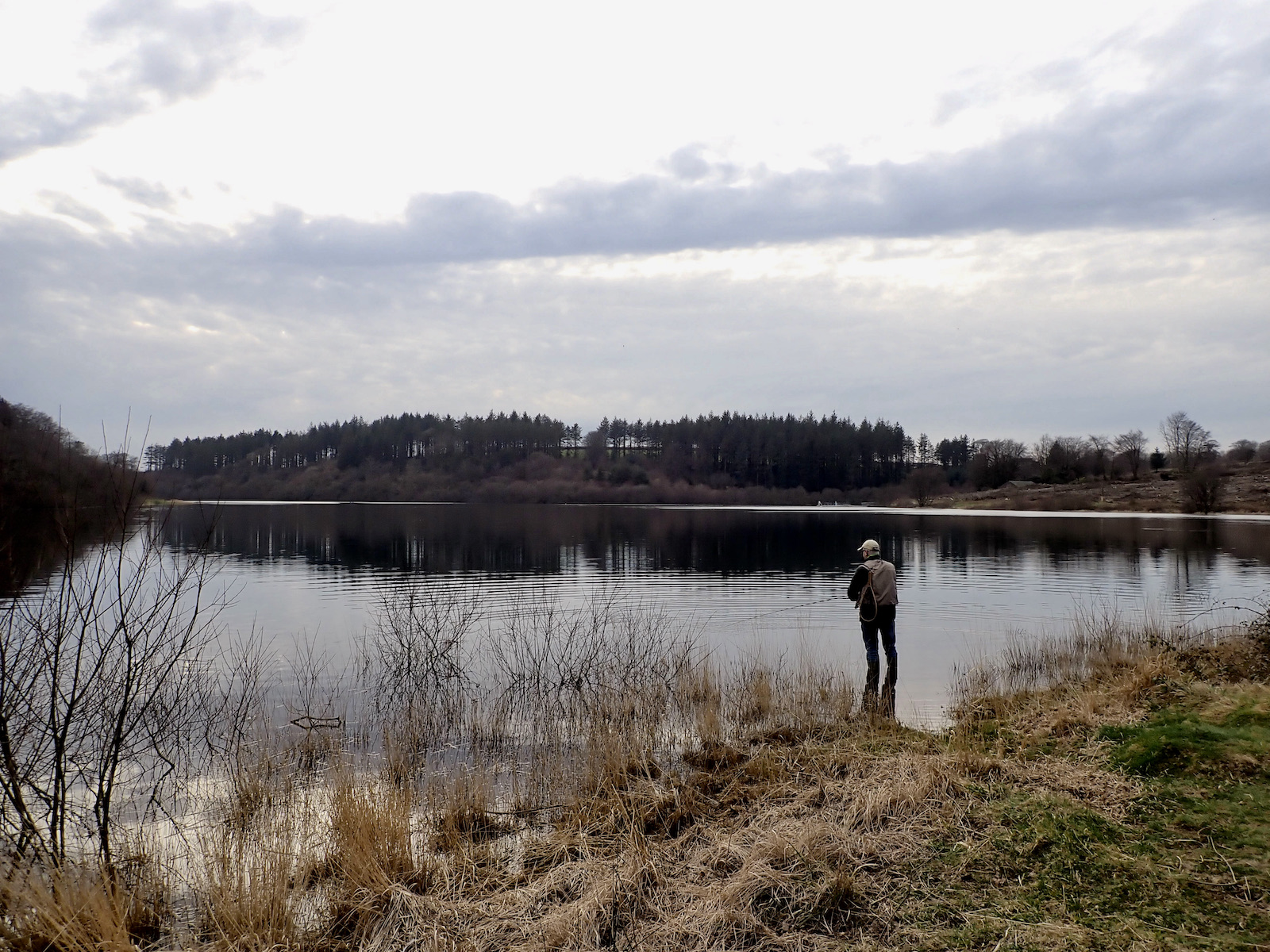
The trout season on North Devon’s Rivers started on Tuesday and opens up many miles of wild brown trout fishing to fly fishing enthusiasts. The Fish pass scheme offers many miles of fishing across the Westcountry with many of the beats lightly fished in delightful countryside. It is well worth checking out their website https://fishpassapp.co.uk
They also sell tickets for several South West Lakes Trust Waters including Wistlandpound Reservoir near Blackmoor Gate that also opened on March 15th with fishing for wild brown trout and rudd.
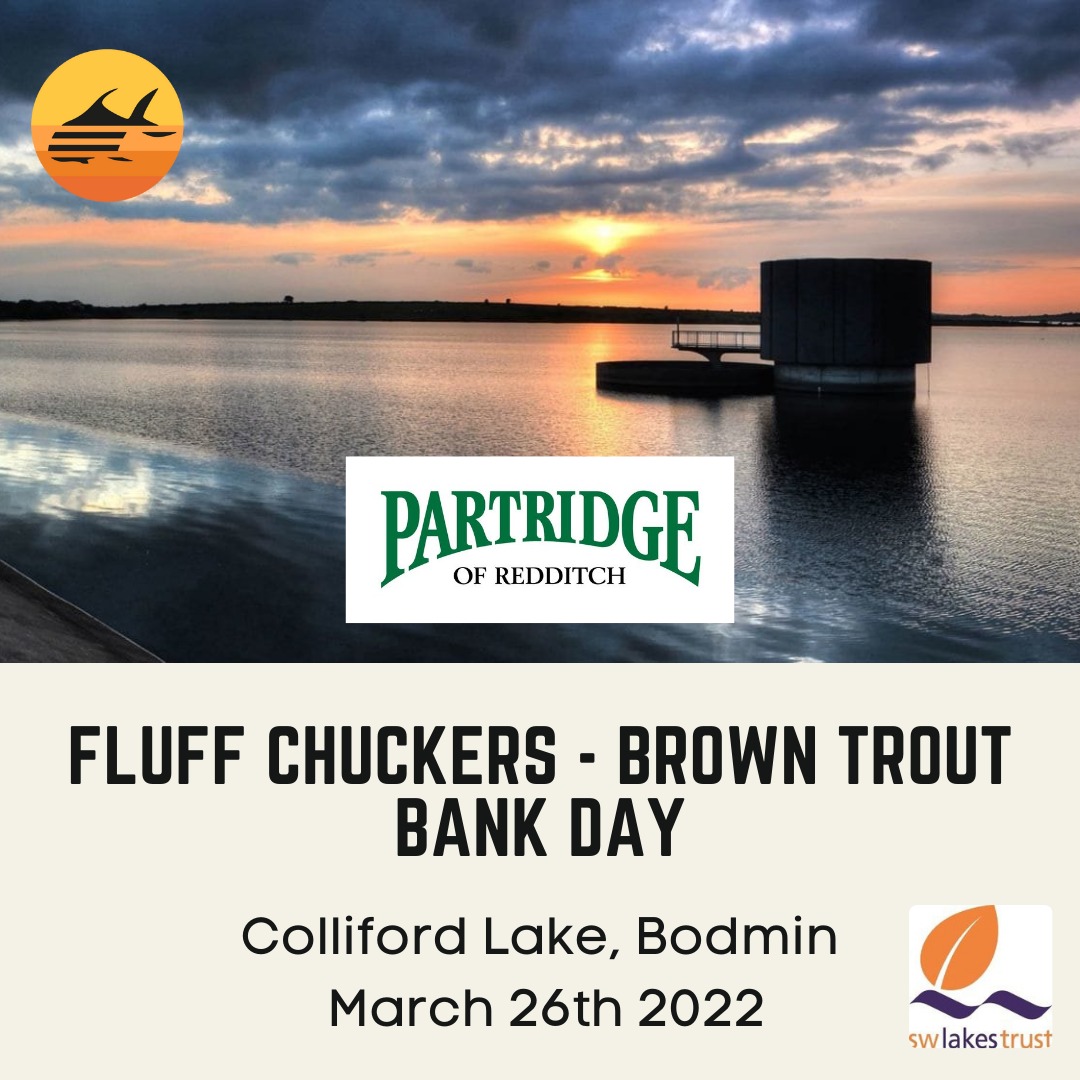
I have a season ticket for Wistlandpound and took an opening day stroll around the lake having a few casts here and there. It was late afternoon and the sun was starting to sink beneath the horizon as I savoured the pleasing actions of putting out a line on the water. A few fish rose across the lake and a good swirl behind my fly gave hope of action.
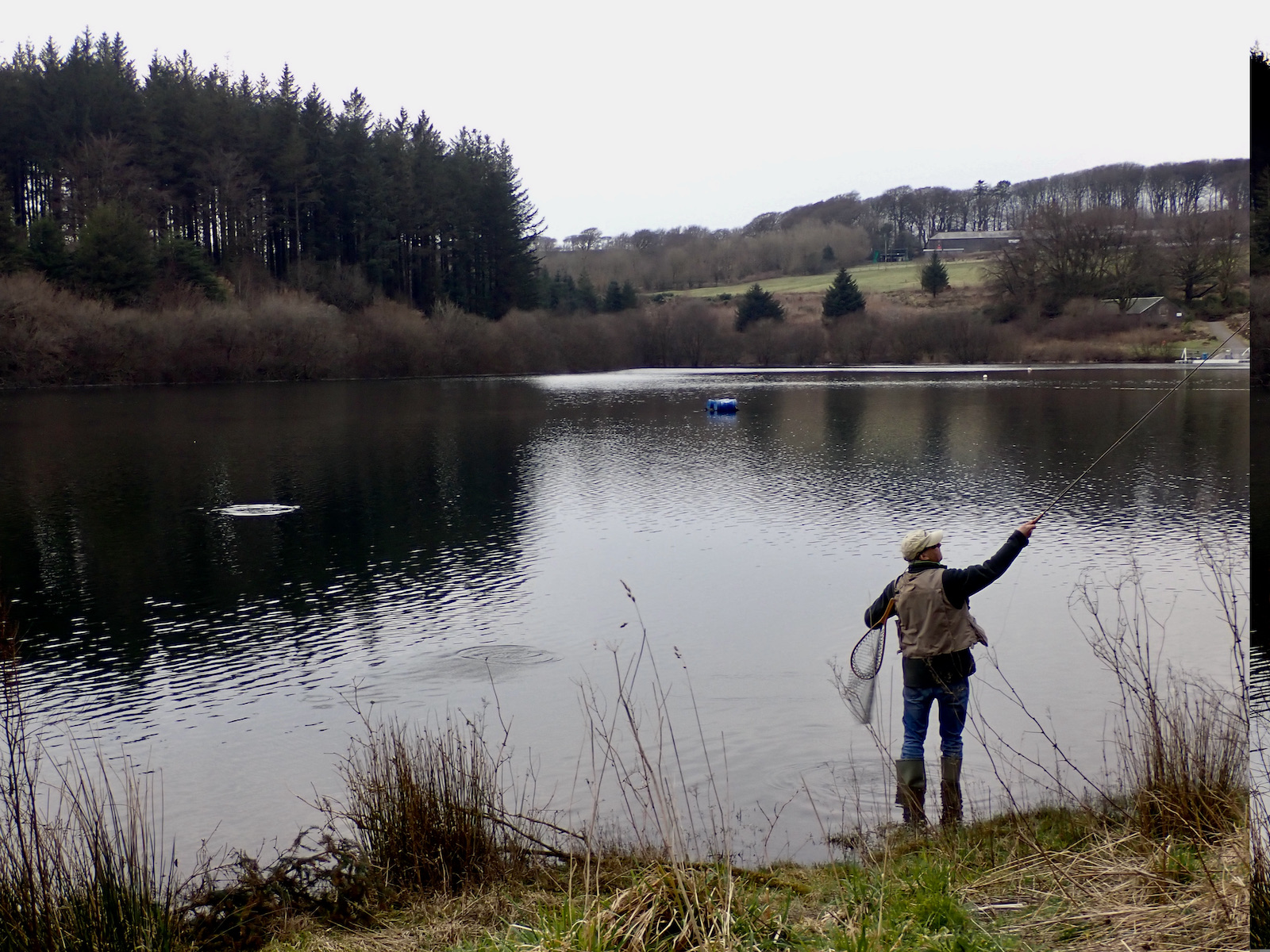
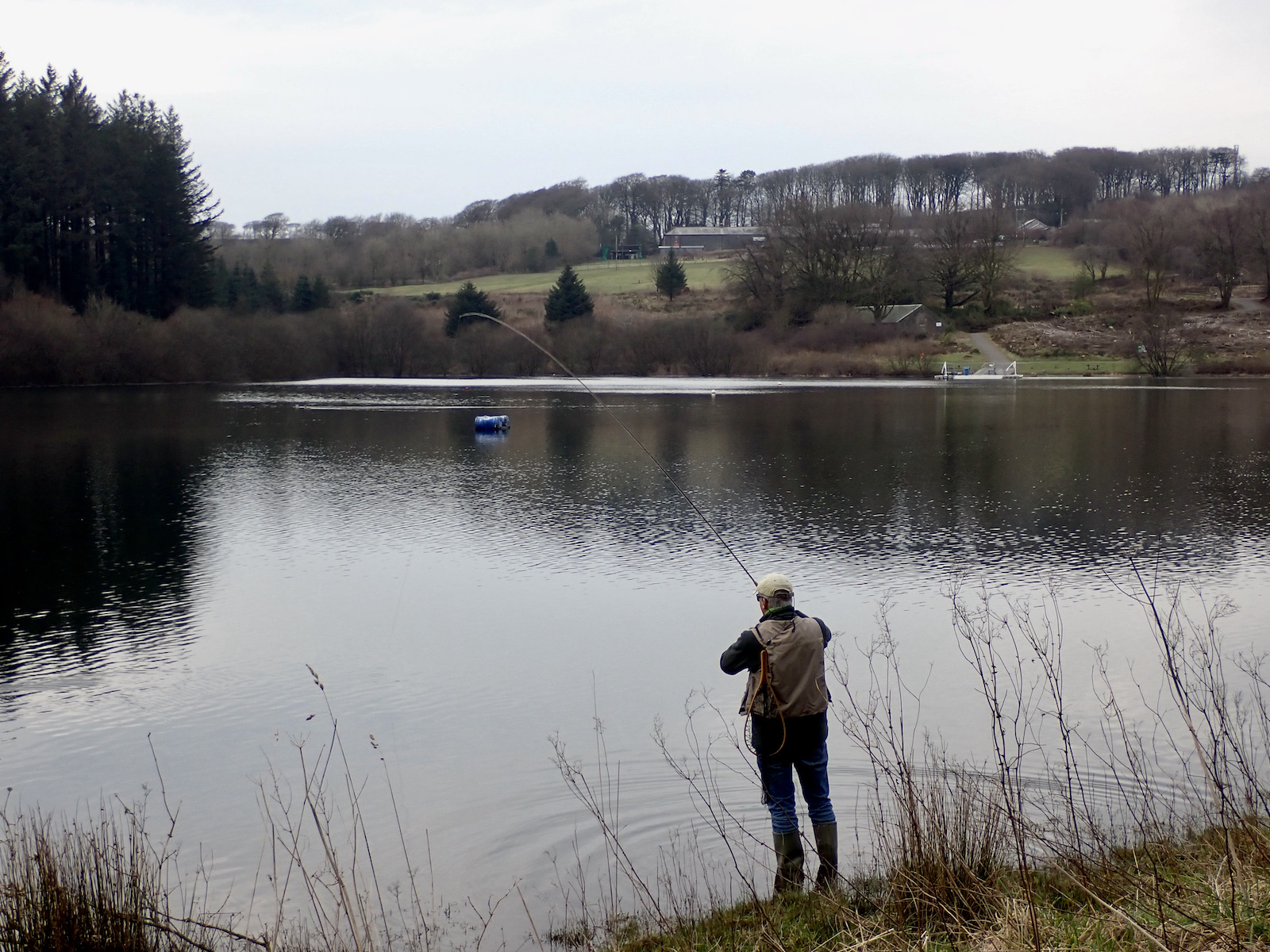
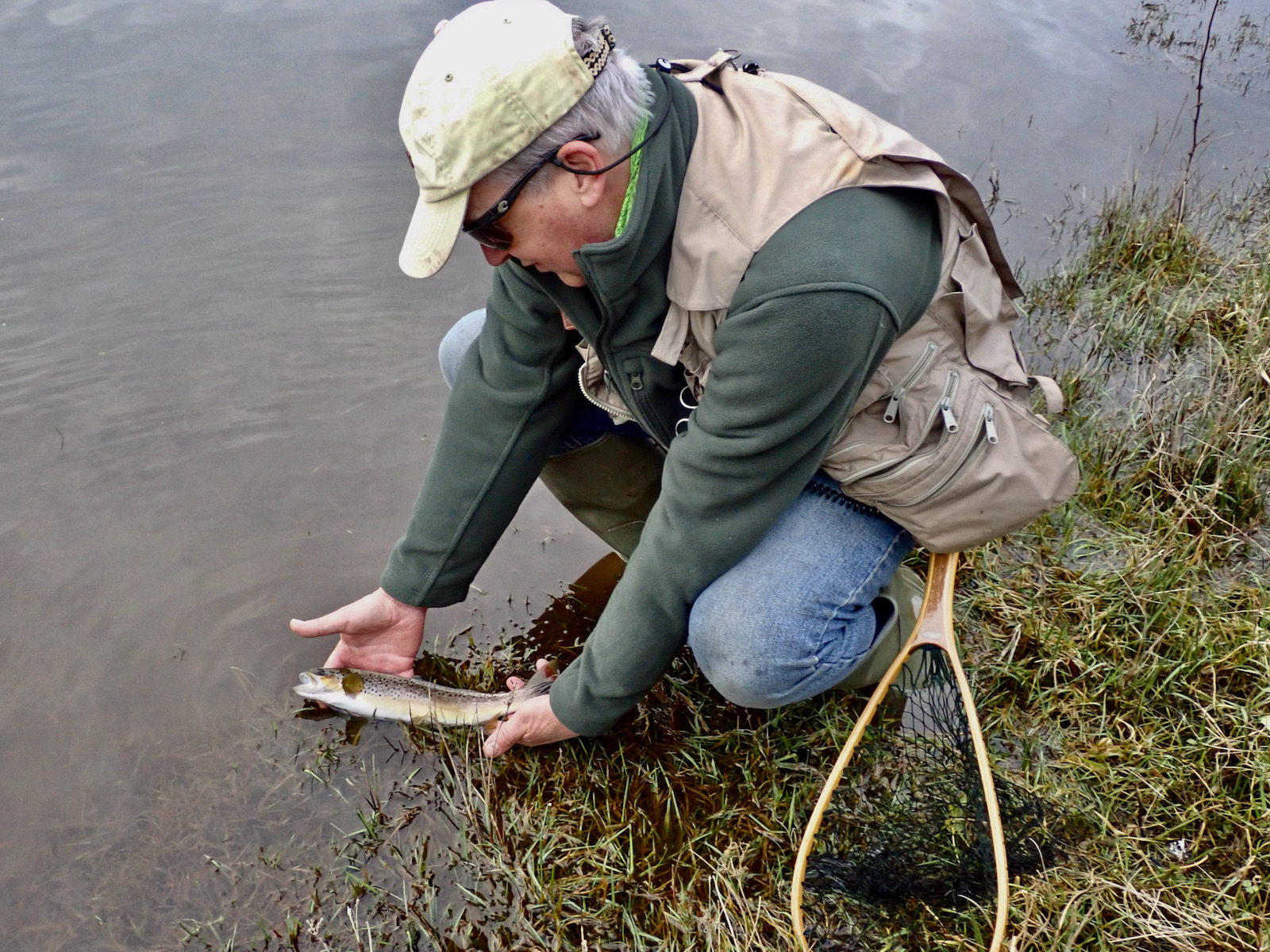
The last stop on our walk saw me cast out as a few more fish rose in the lake. I retrieved the small black lure and was delighted when the line zipped tight. A wild brown gave a spirited tussle before being safely netted. I admired its black and crimson spotted golden flanks before watching the fish dart away into the dark waters in the fading light. The first fish of the season is always special!
